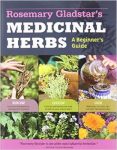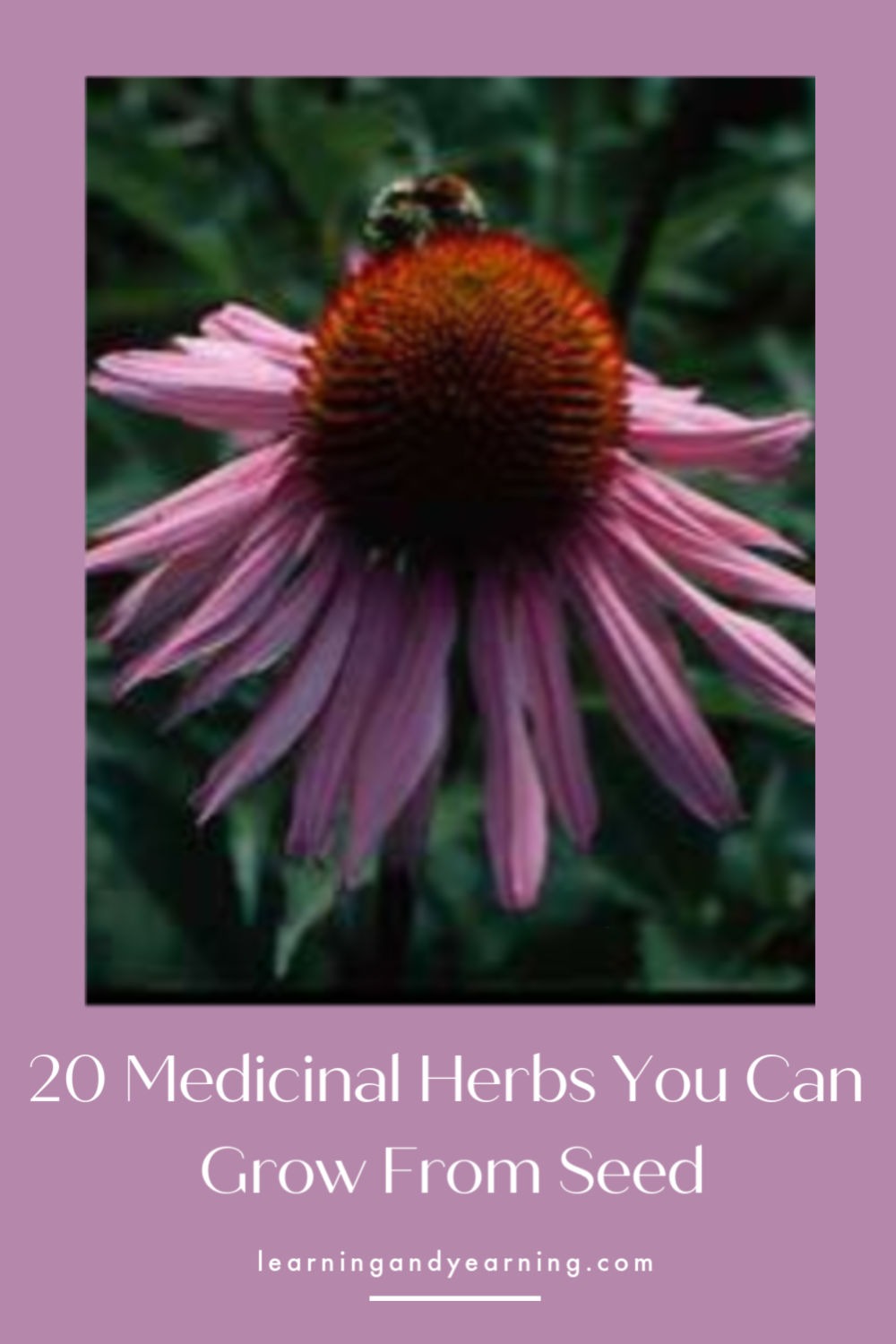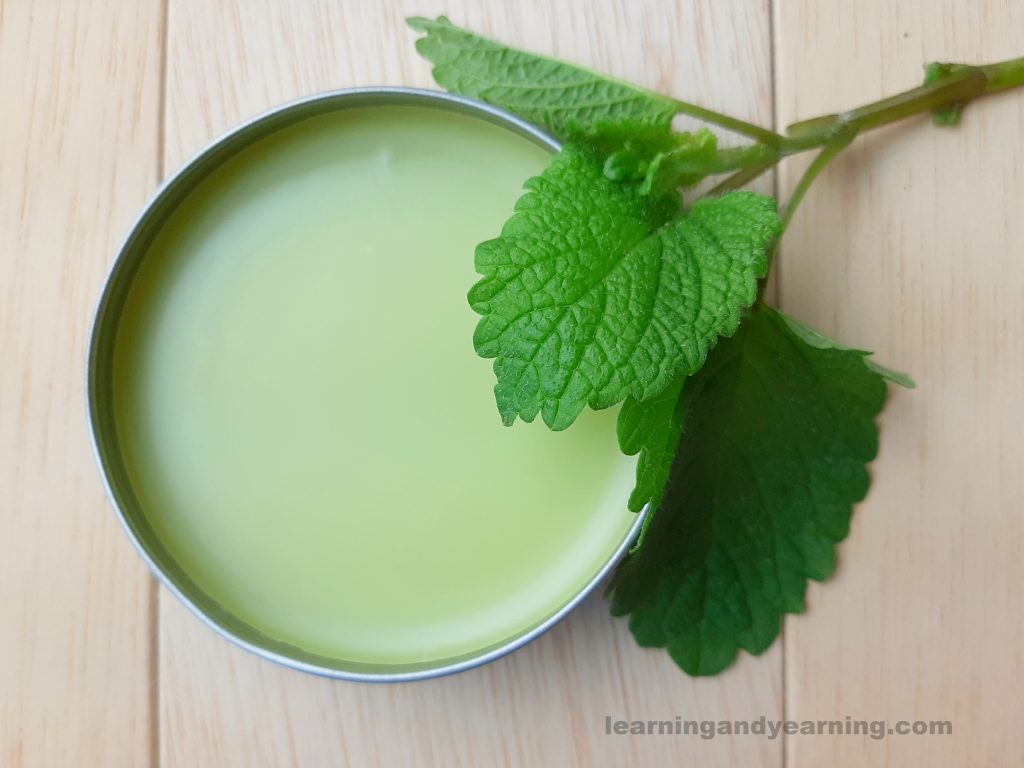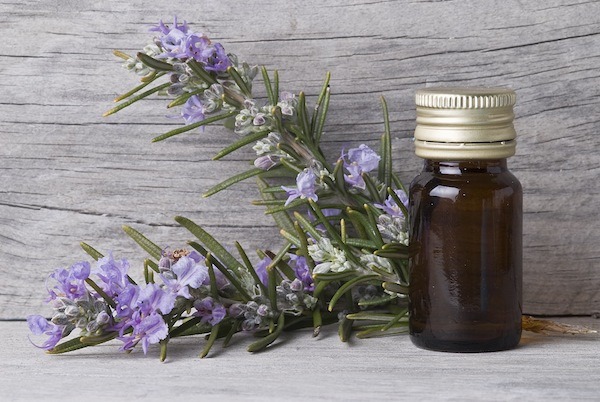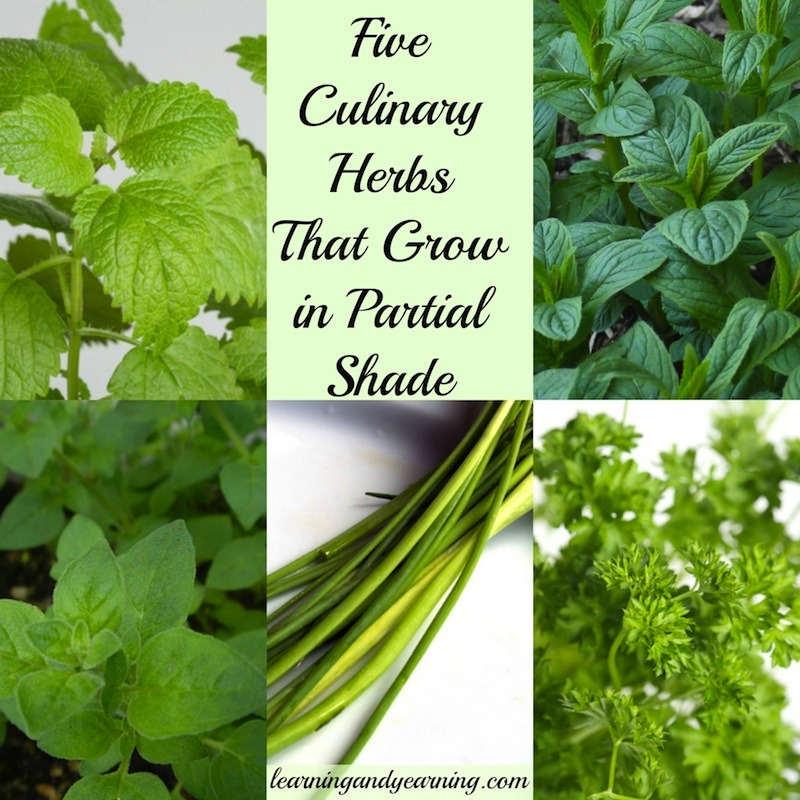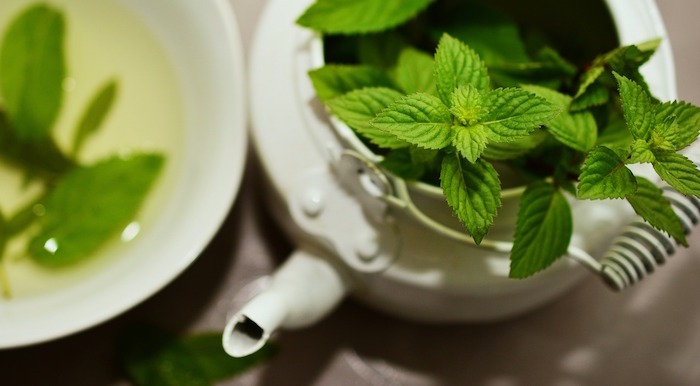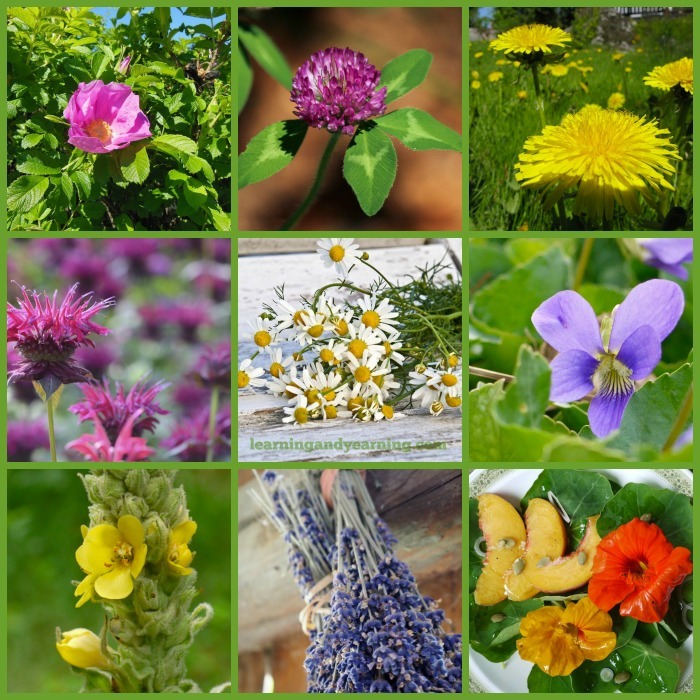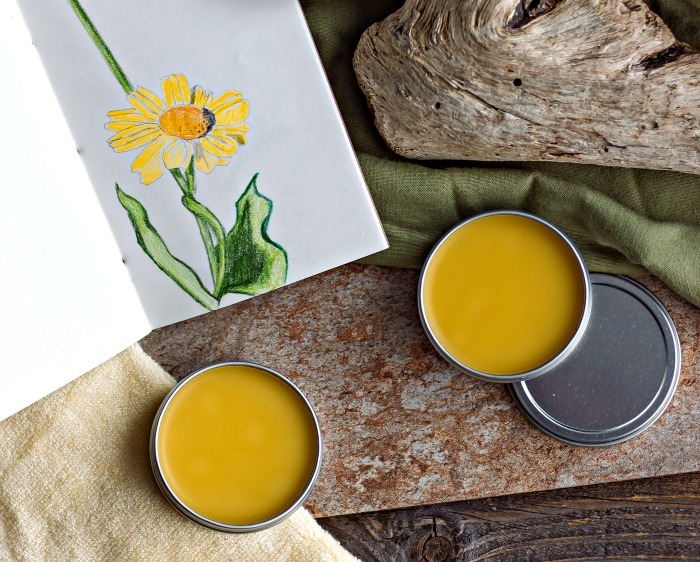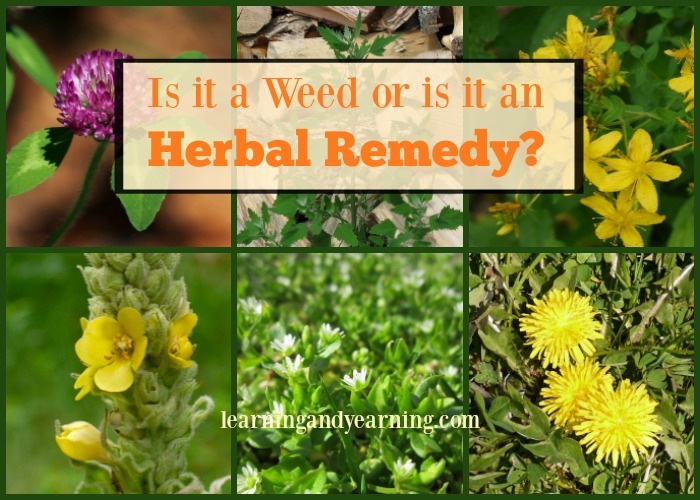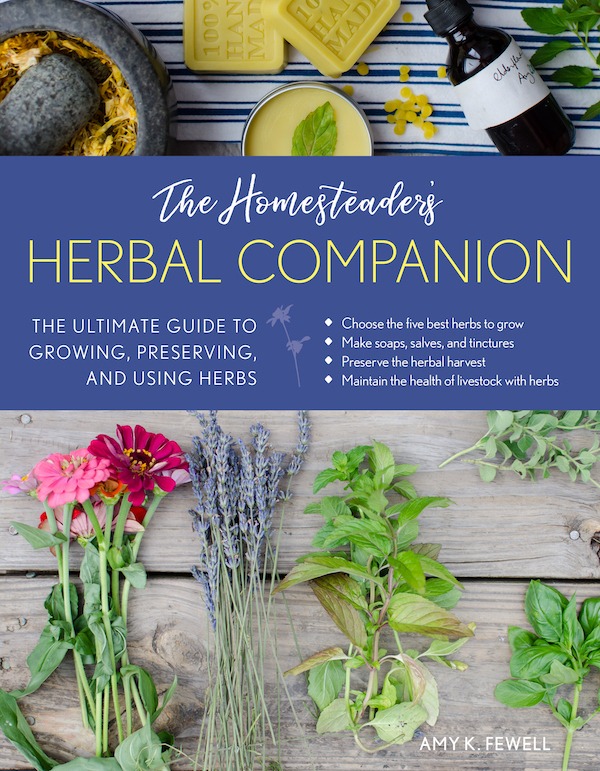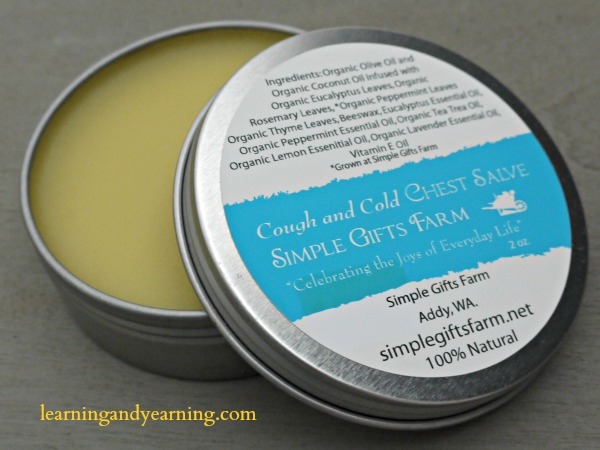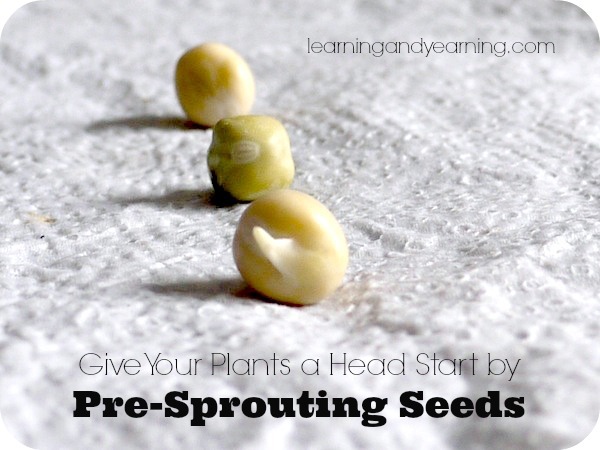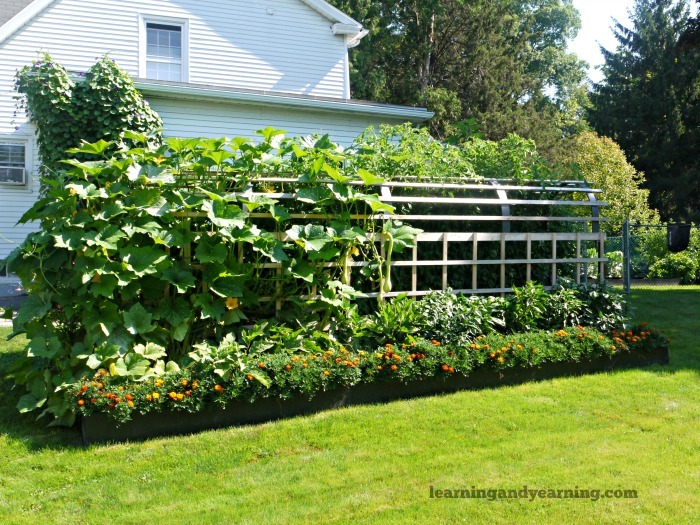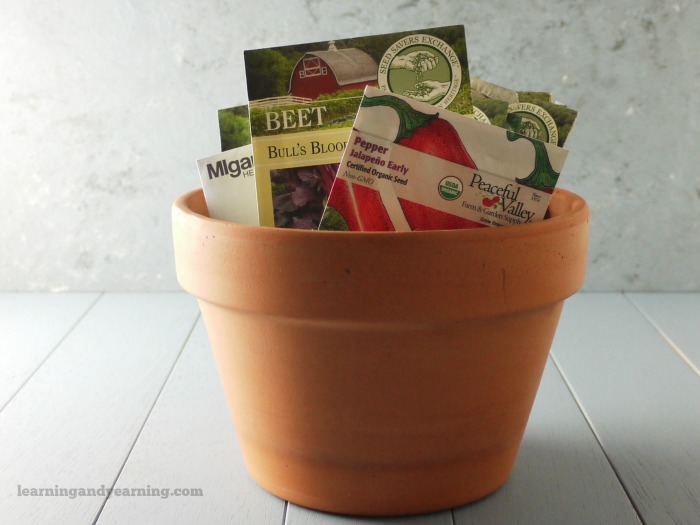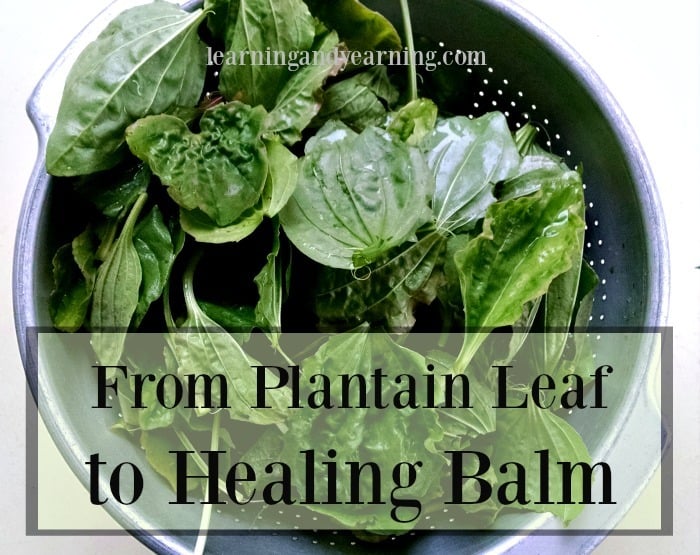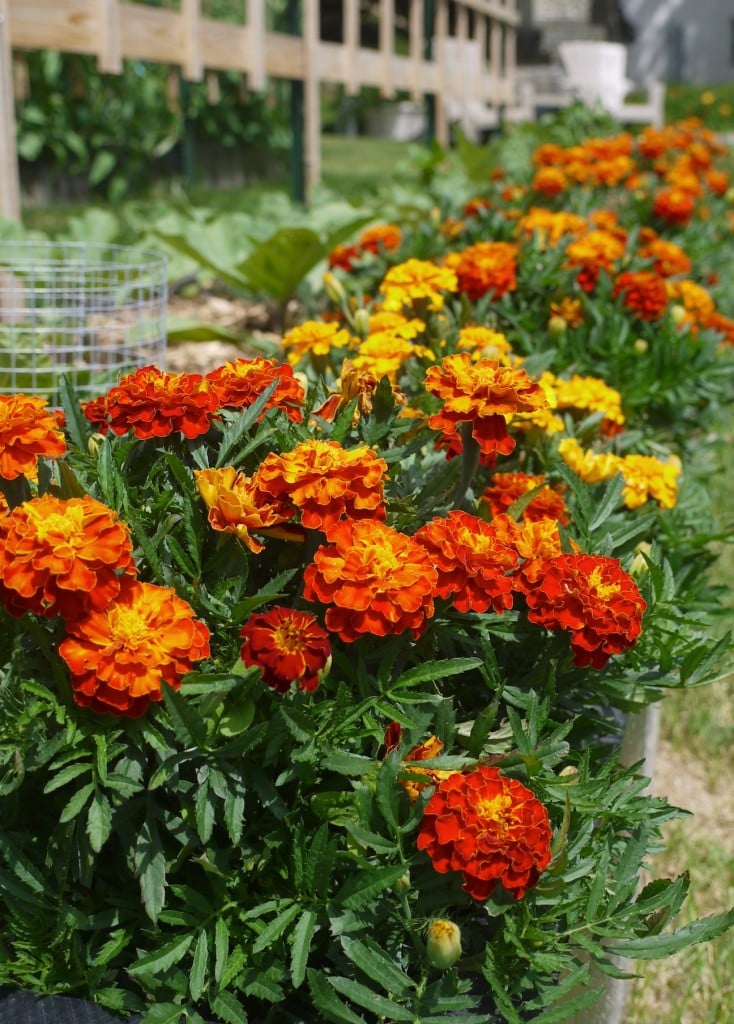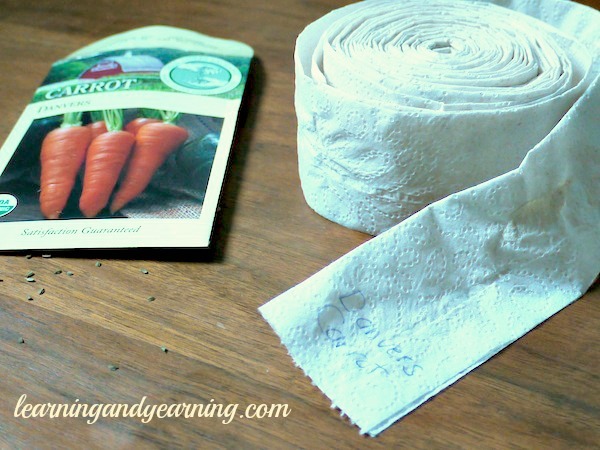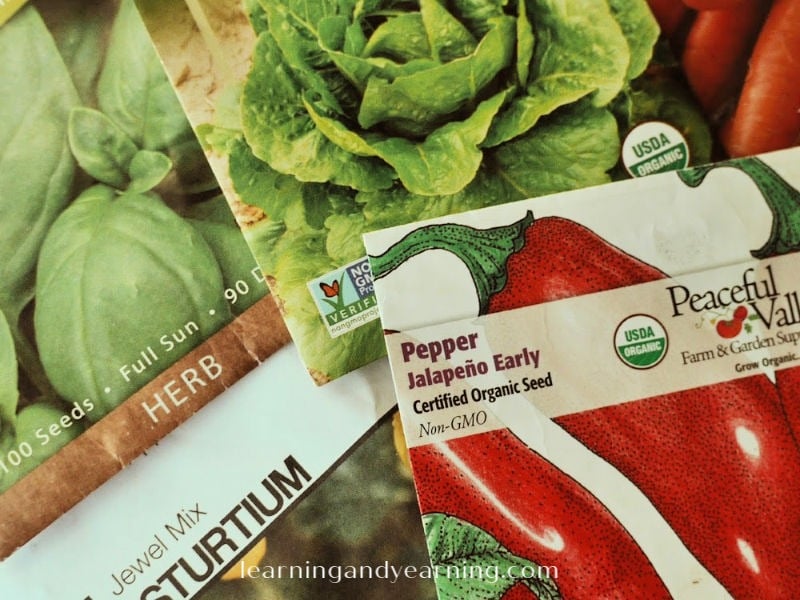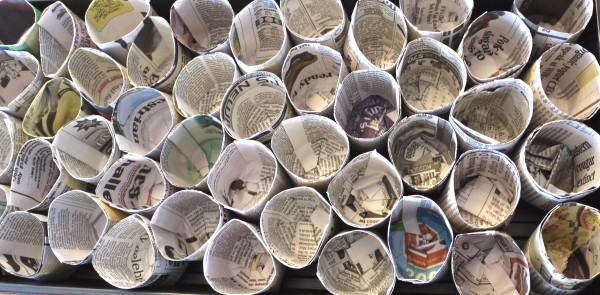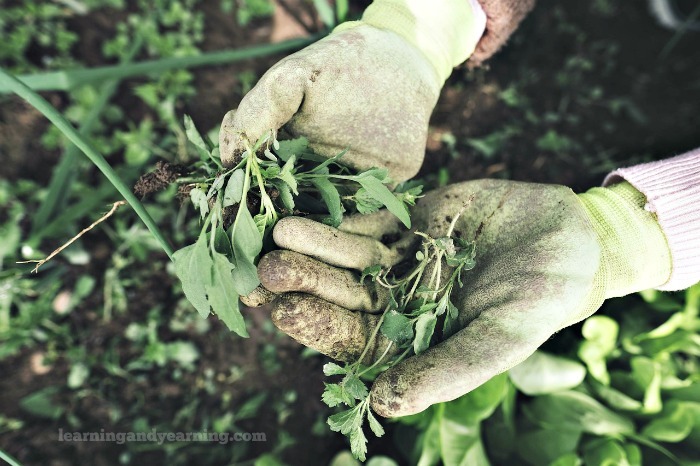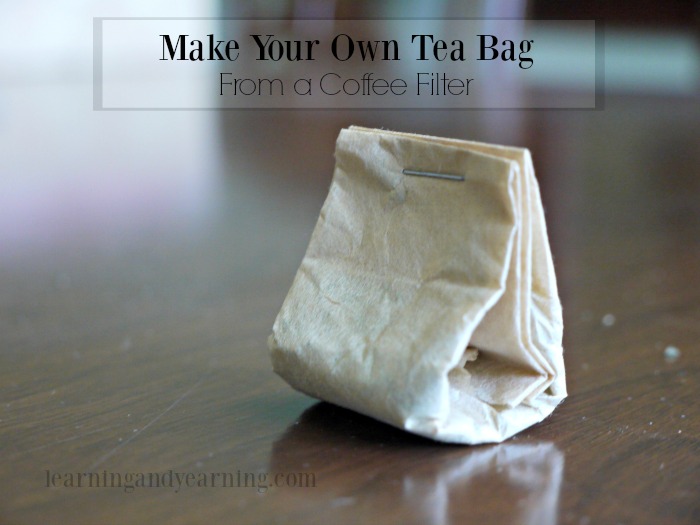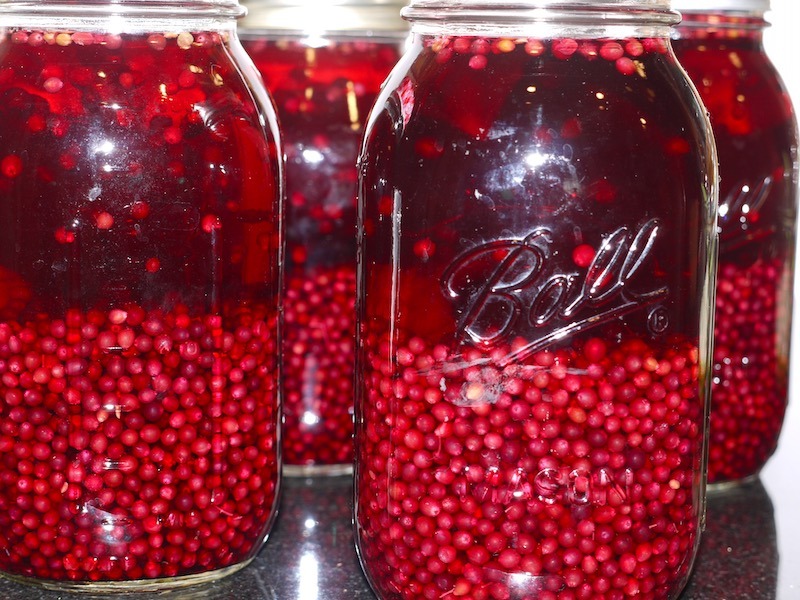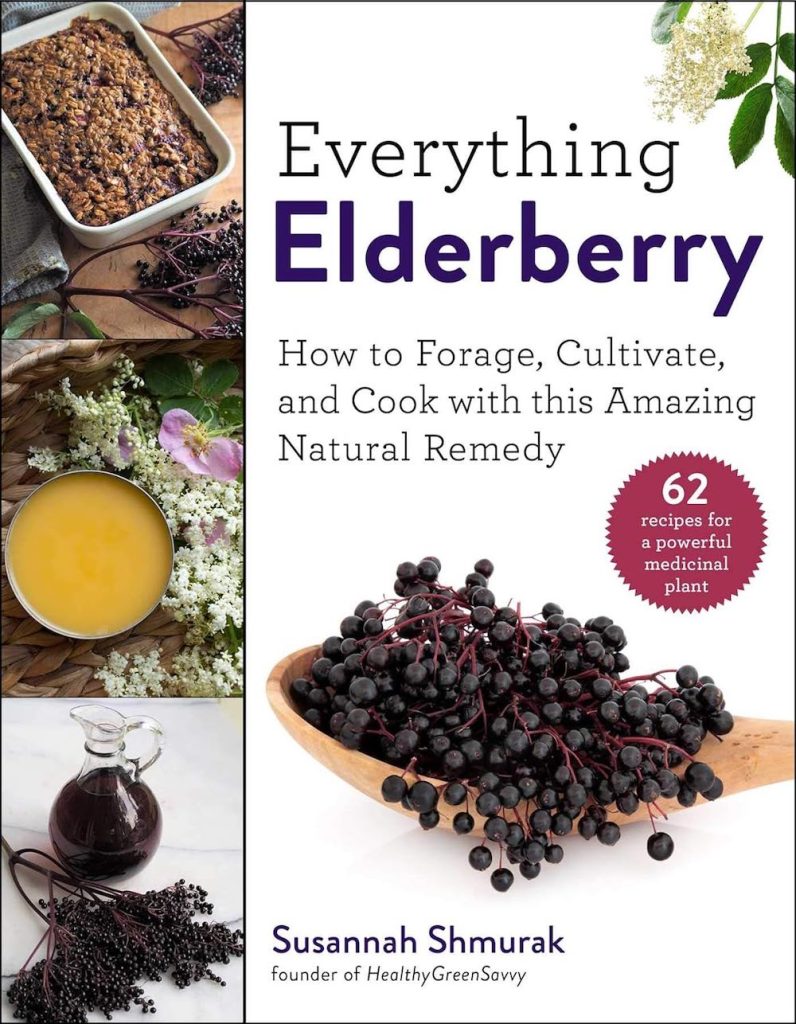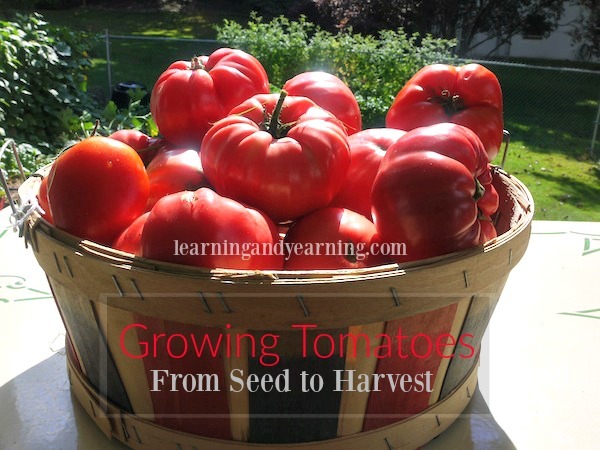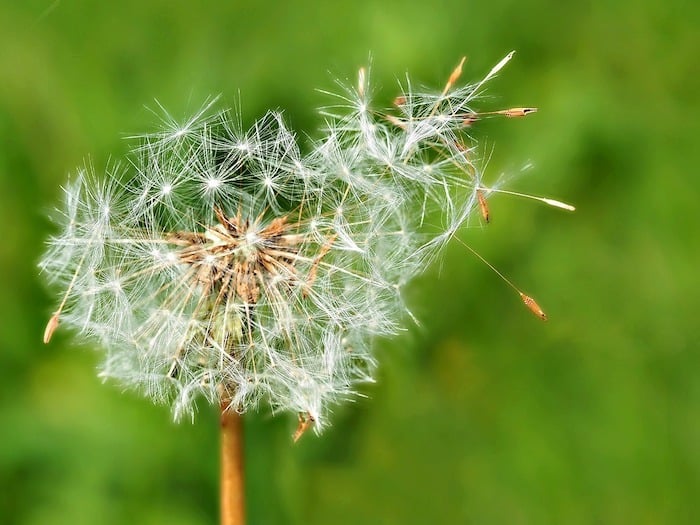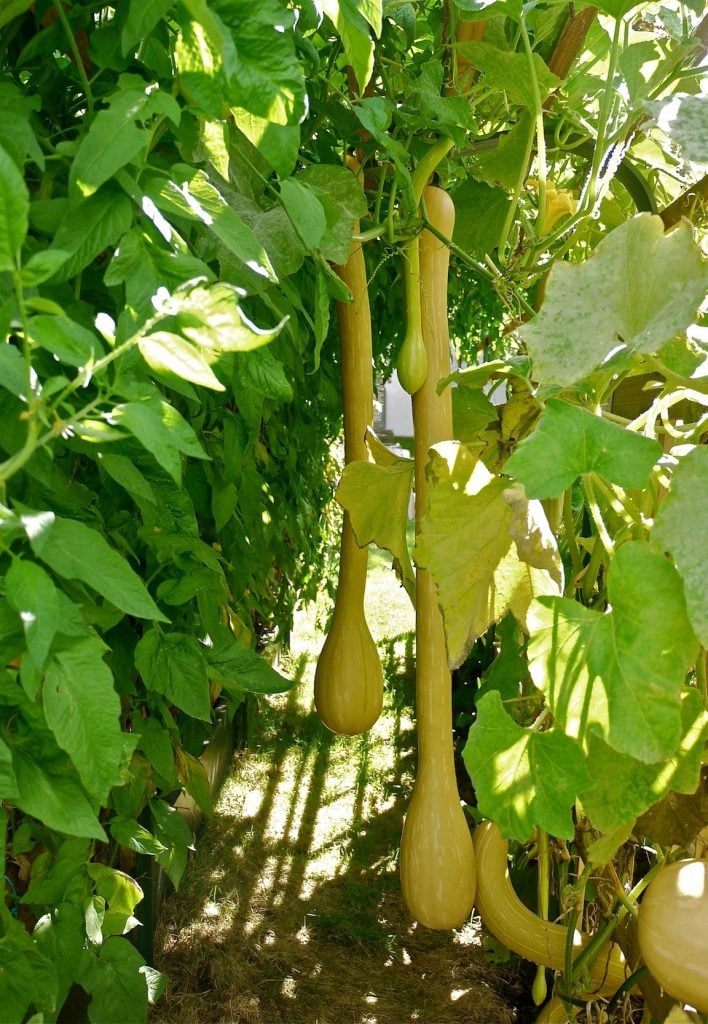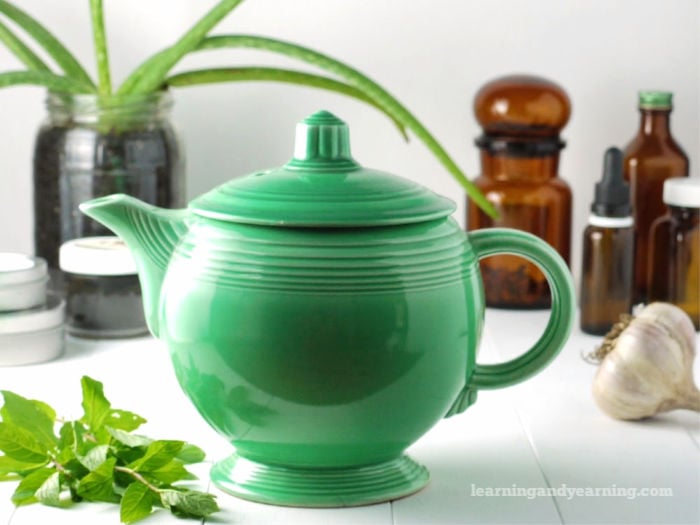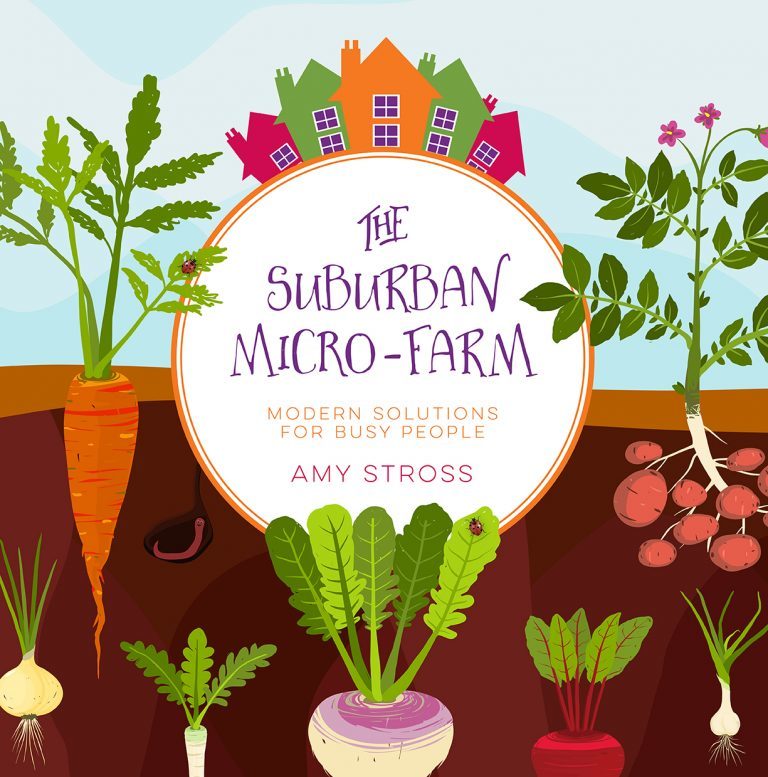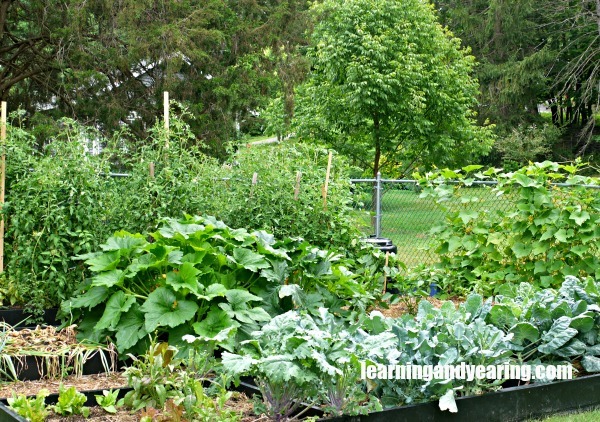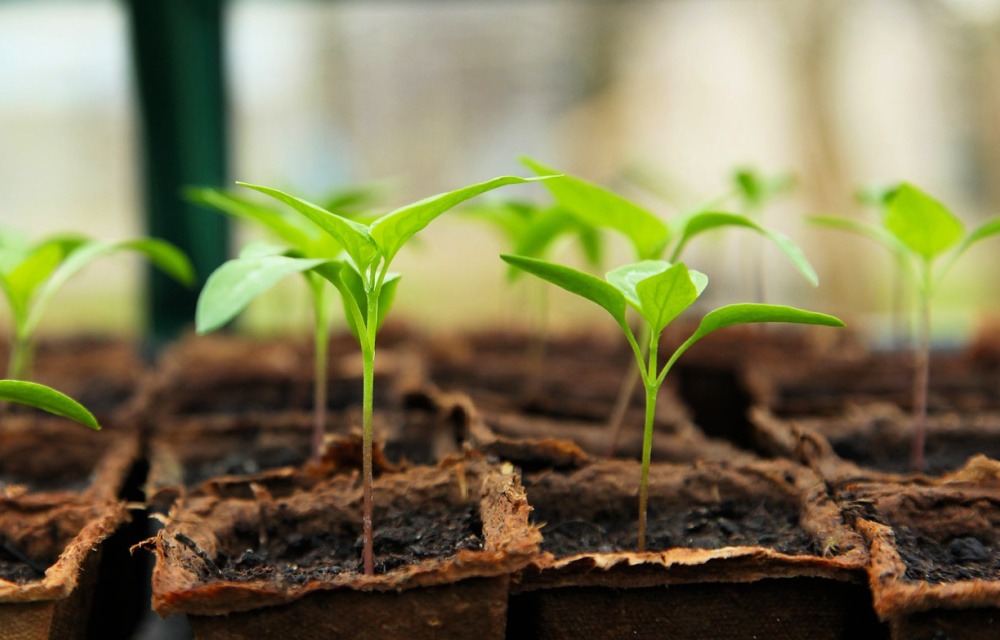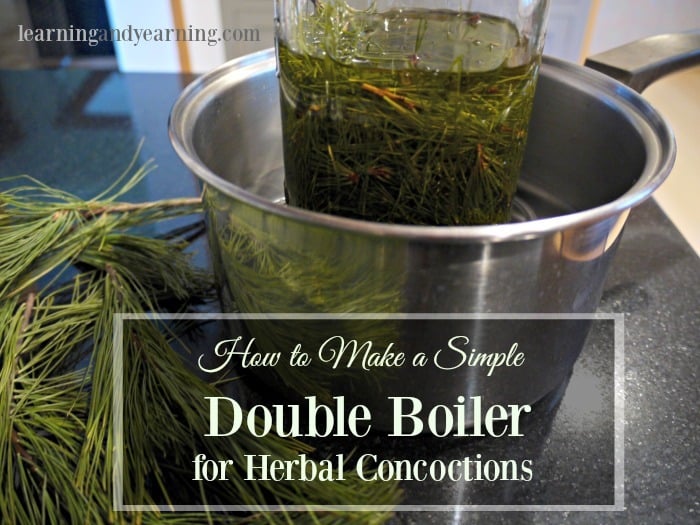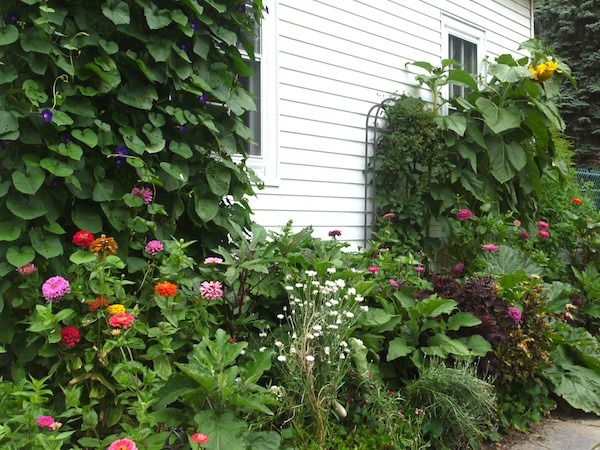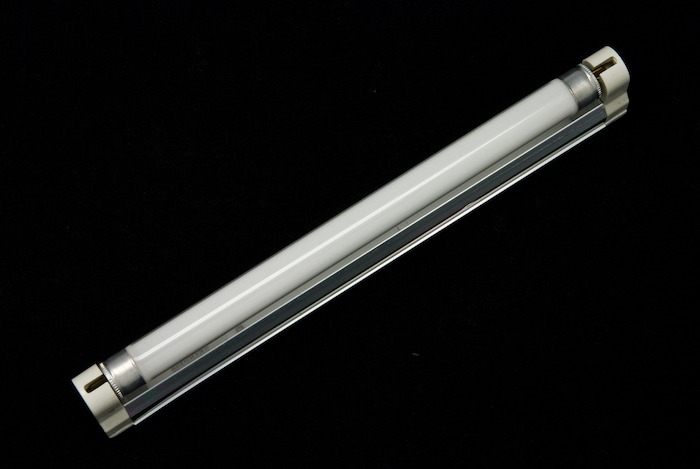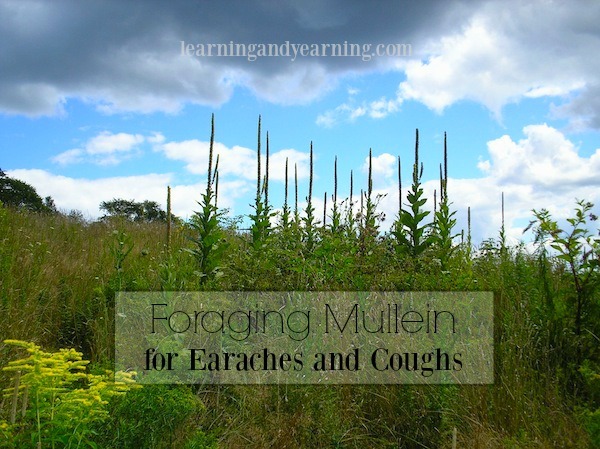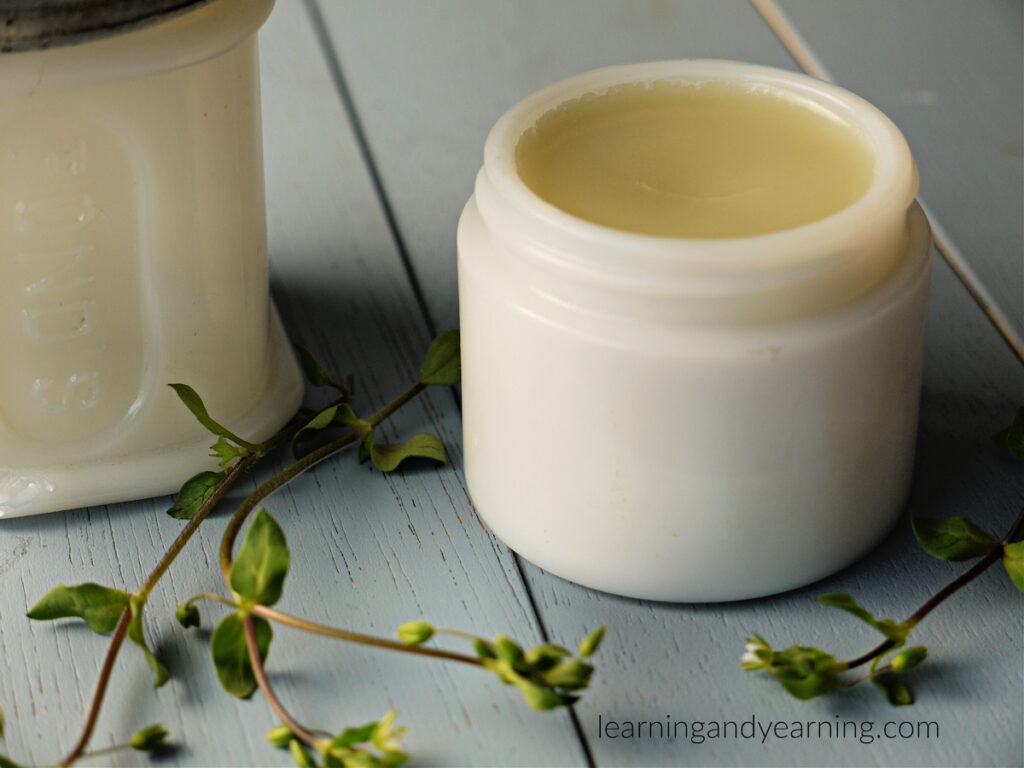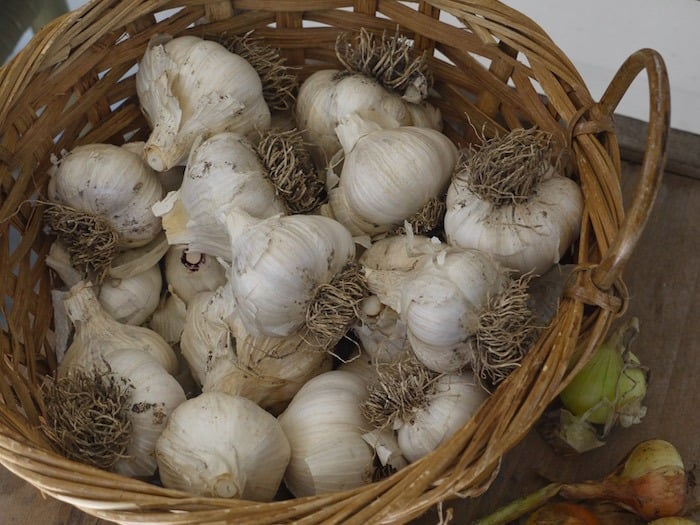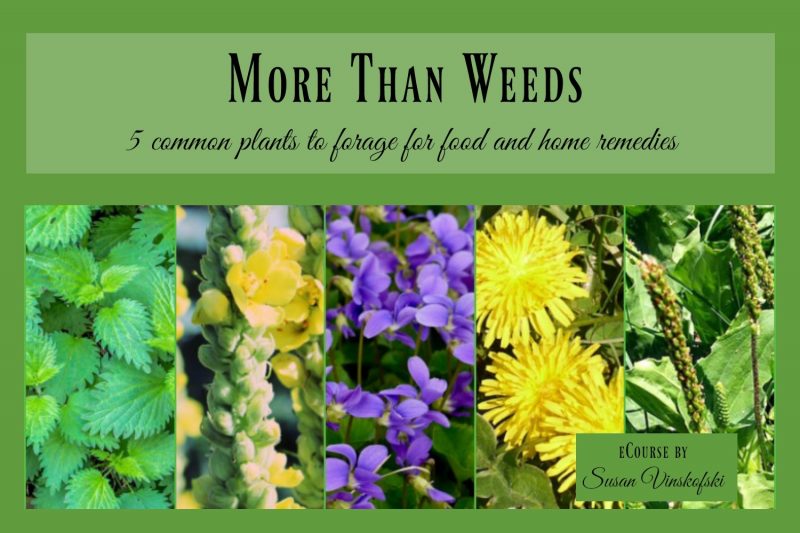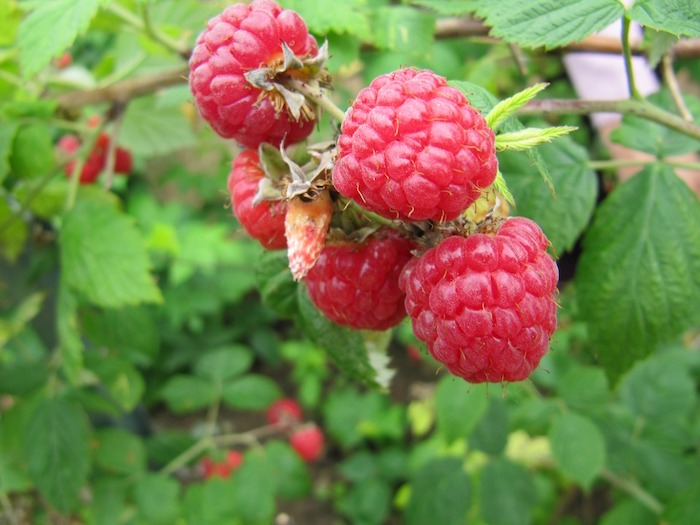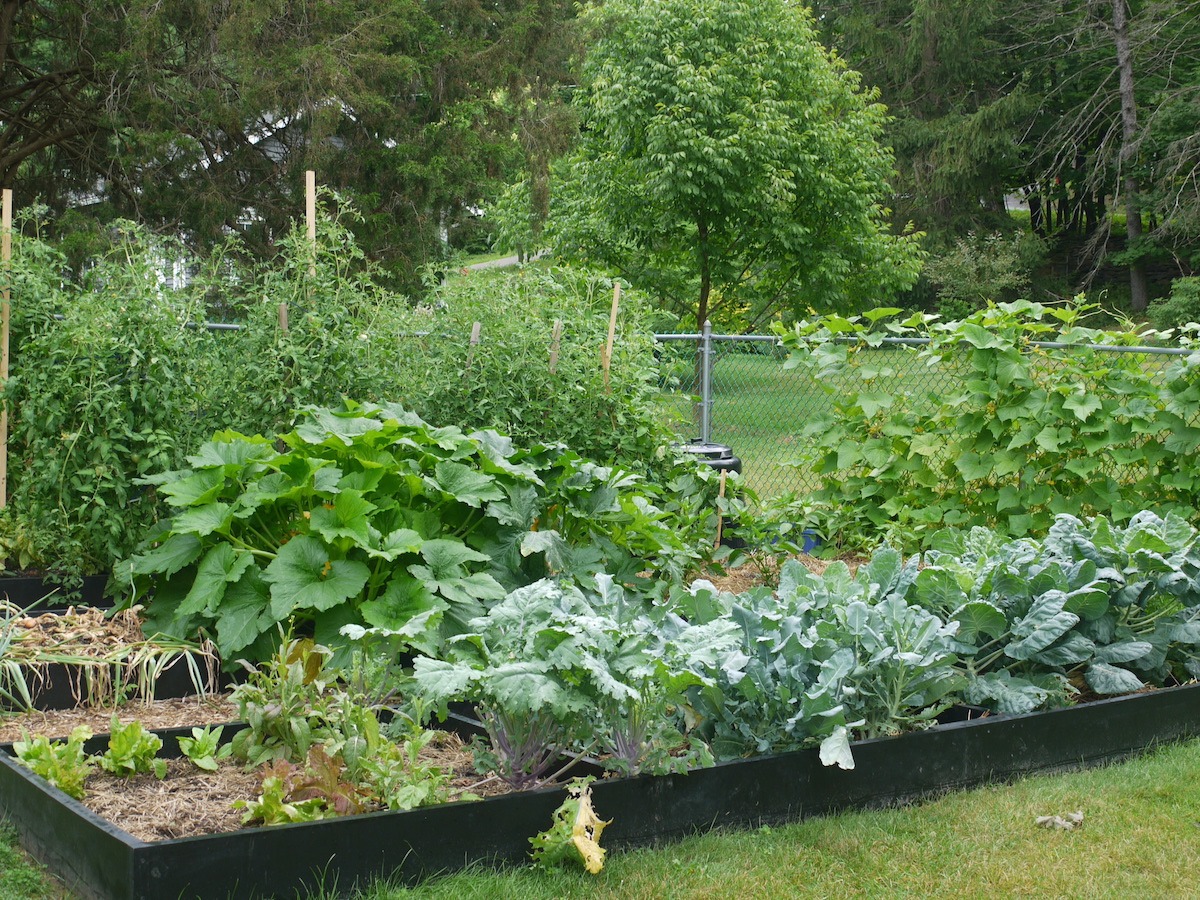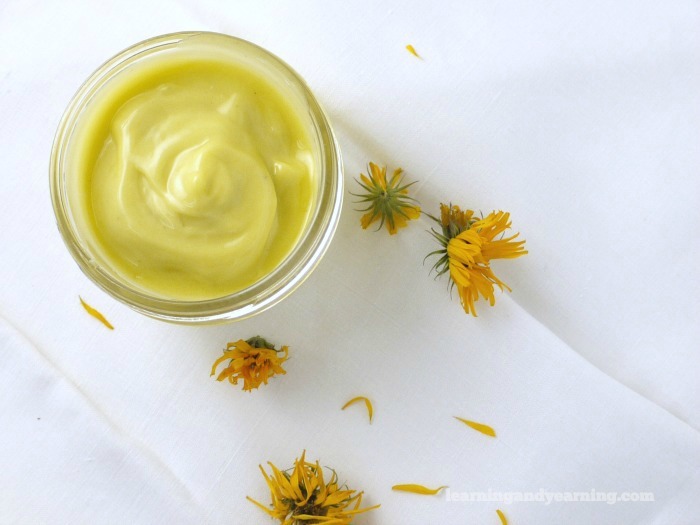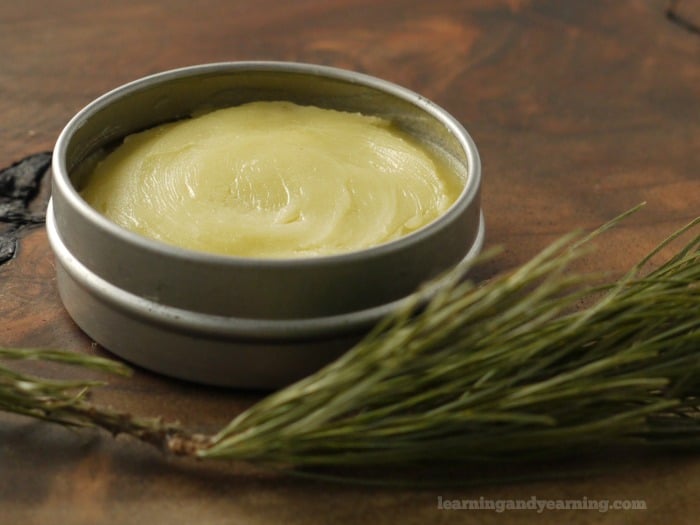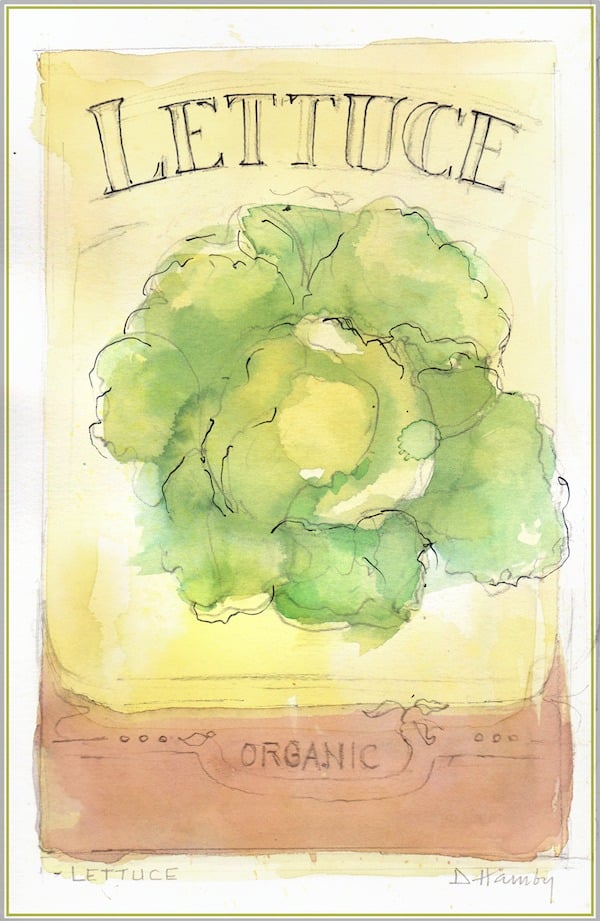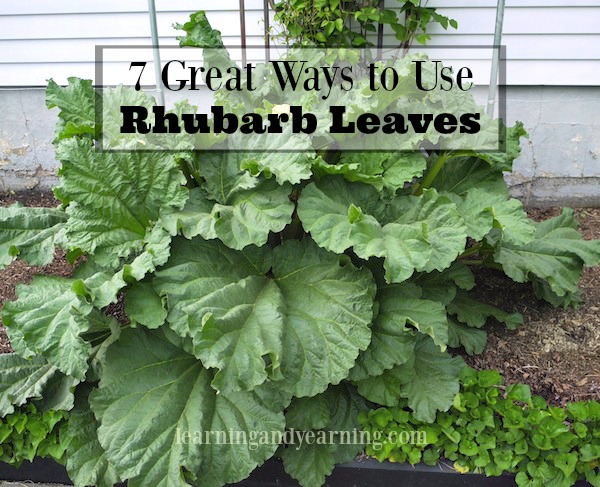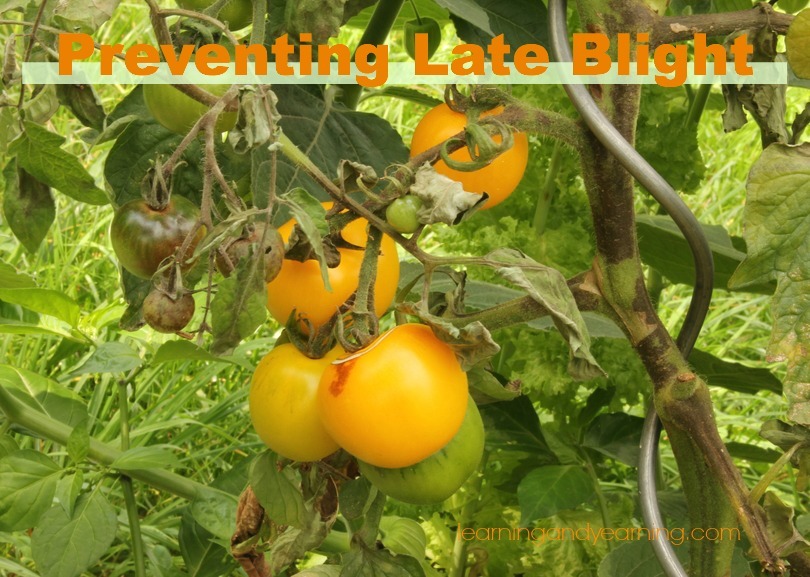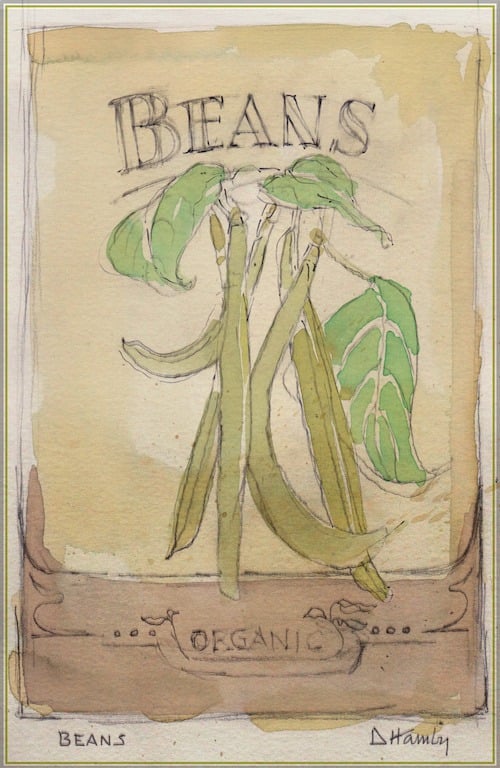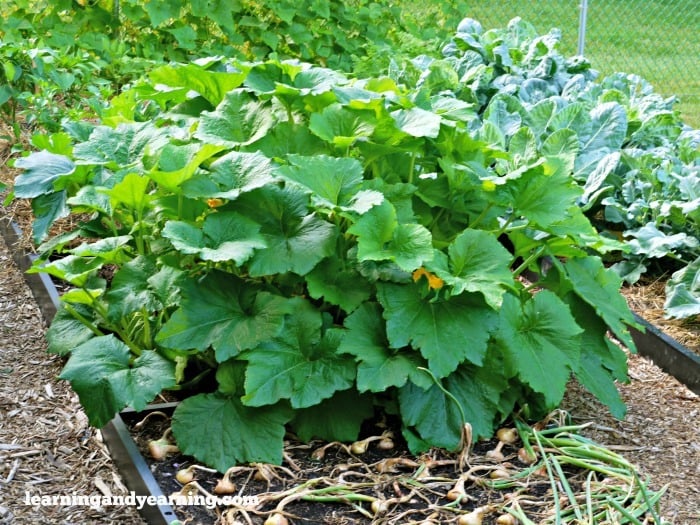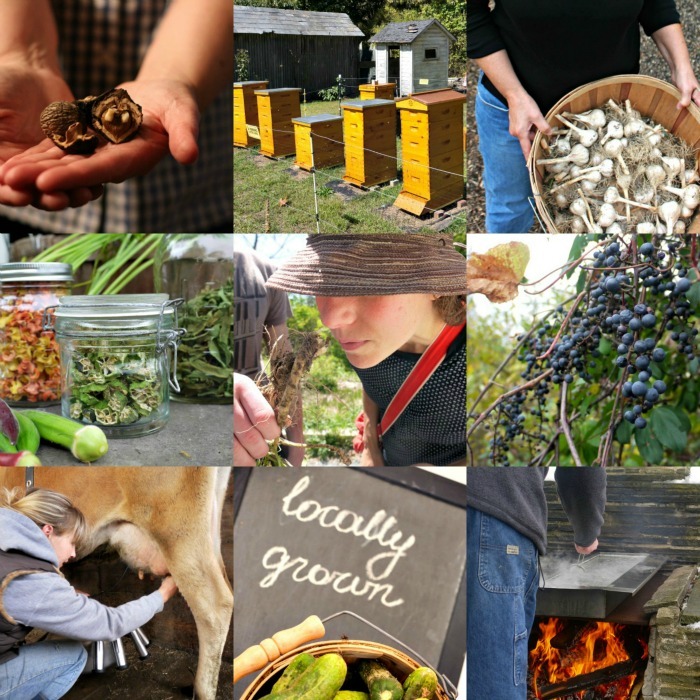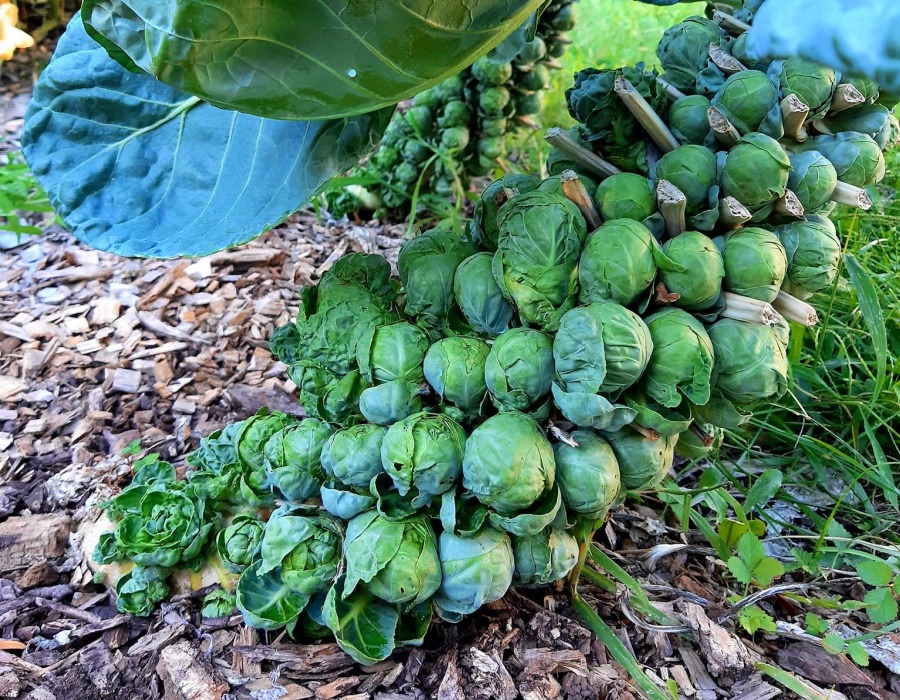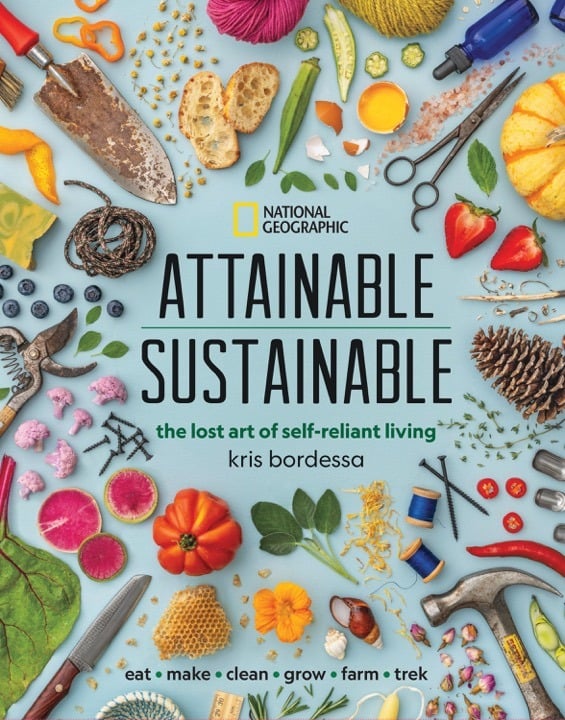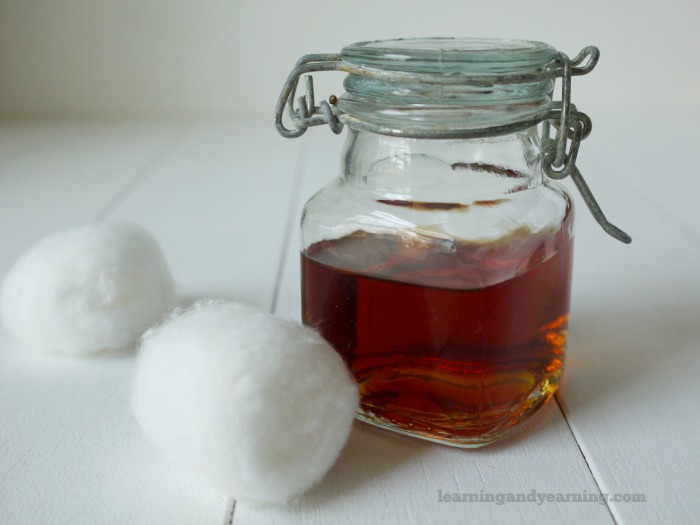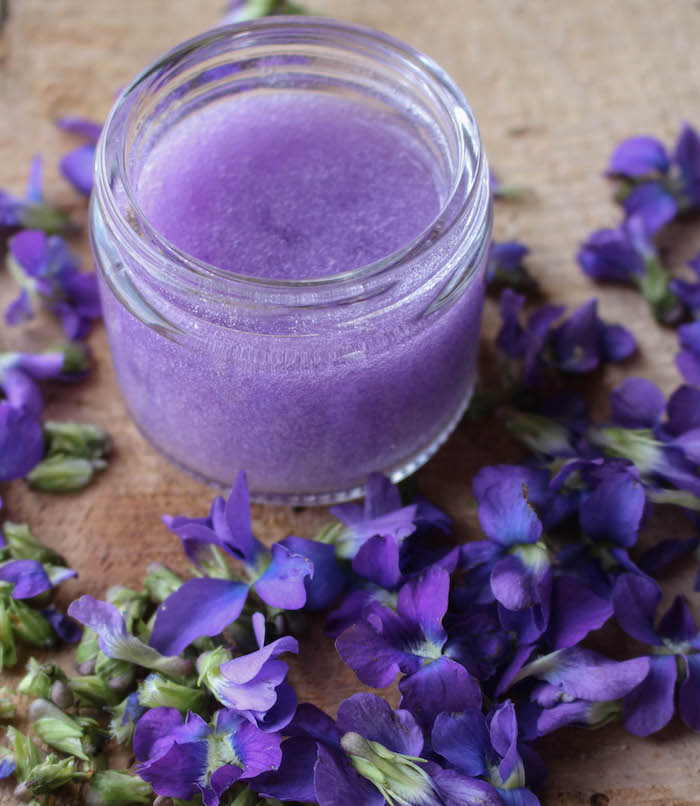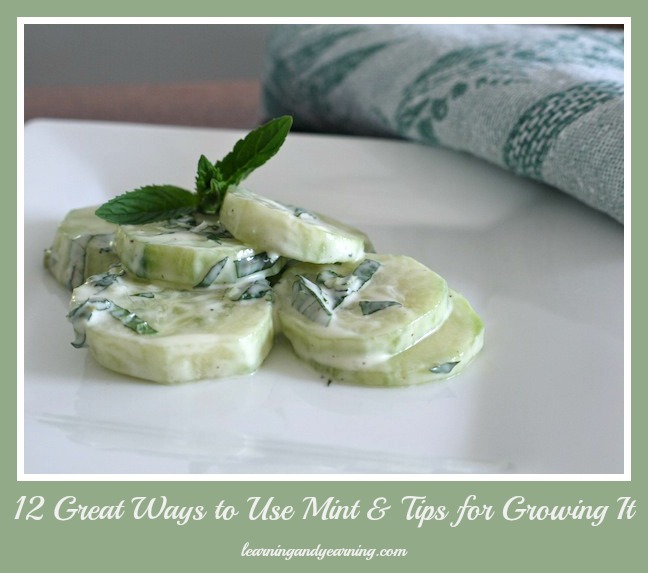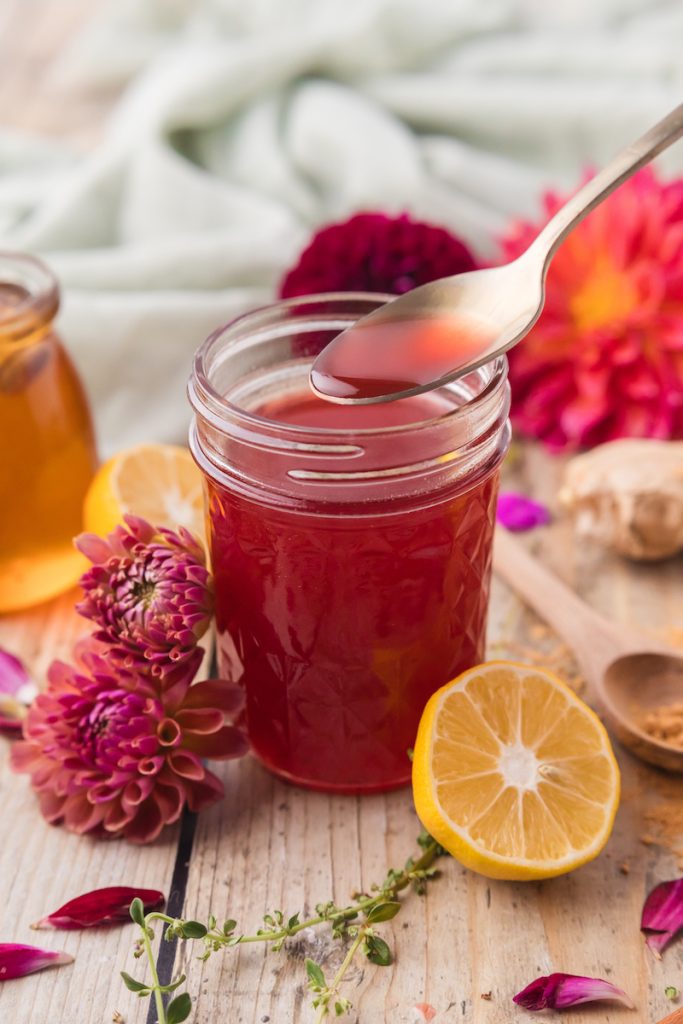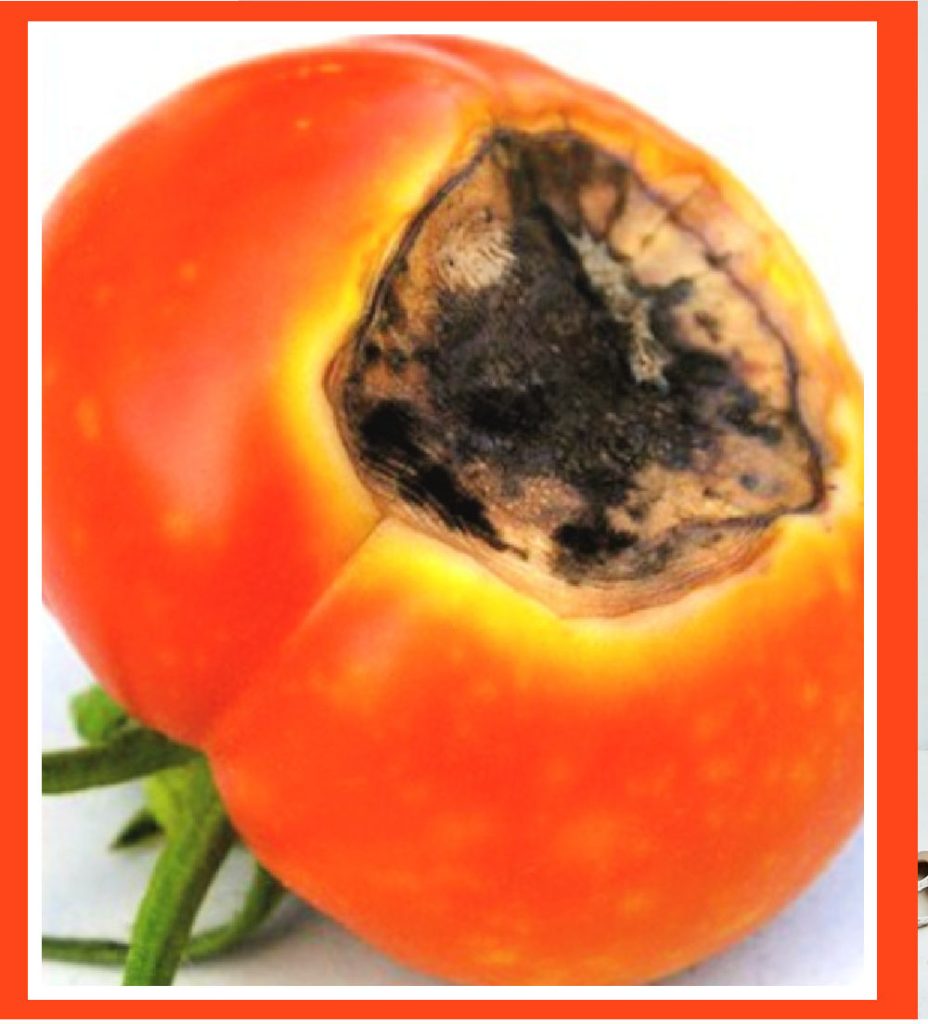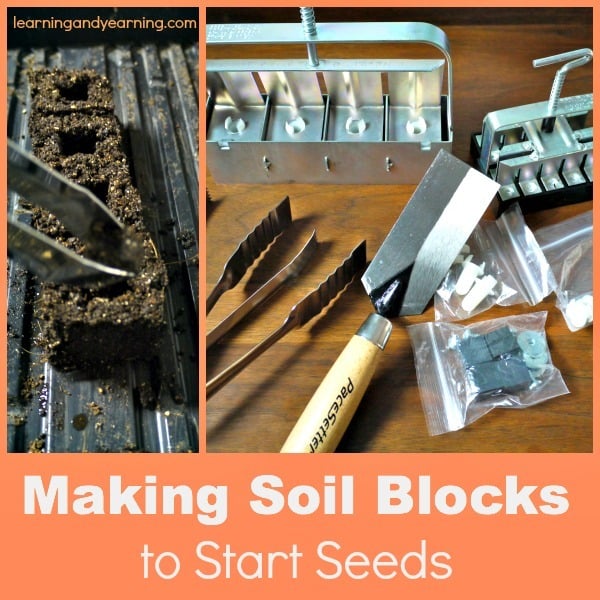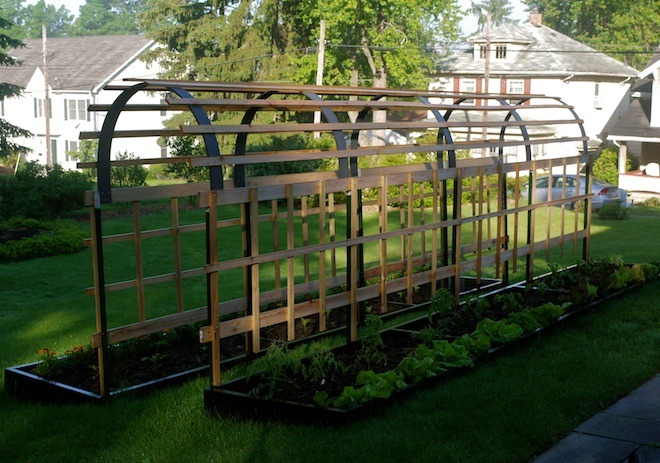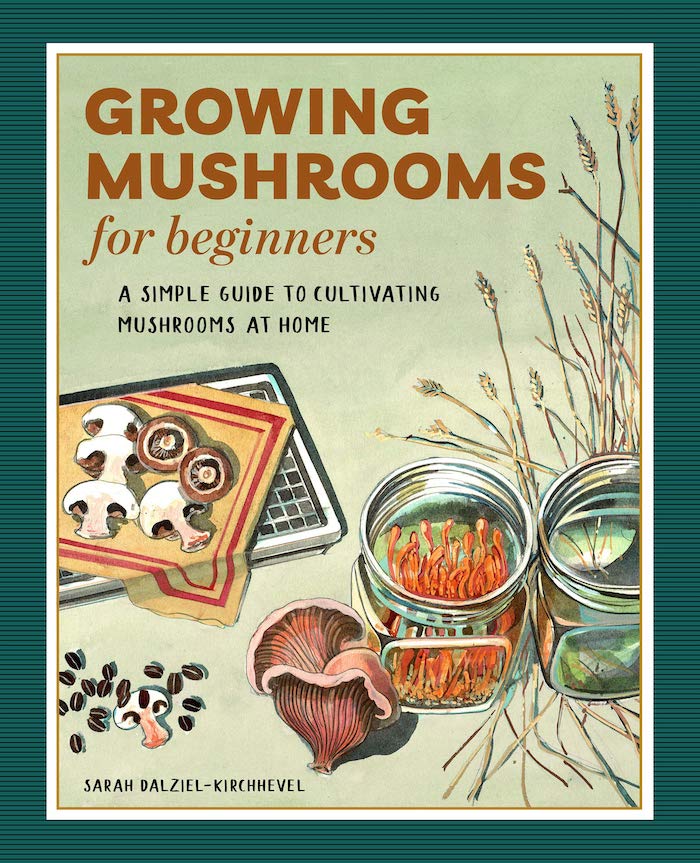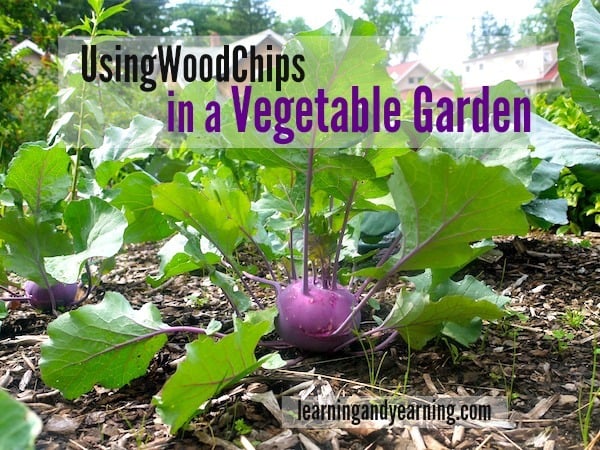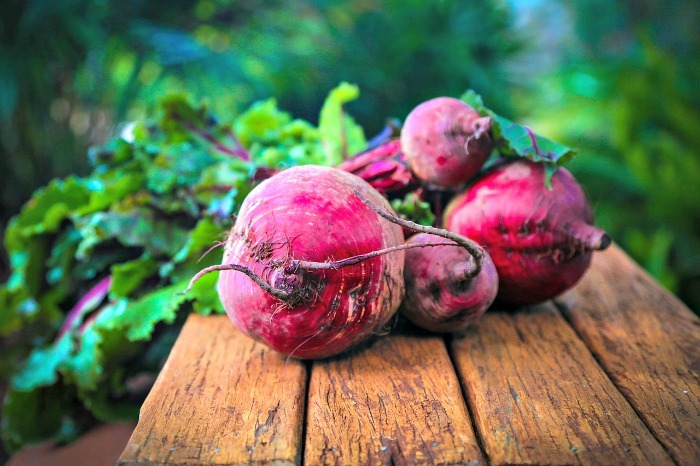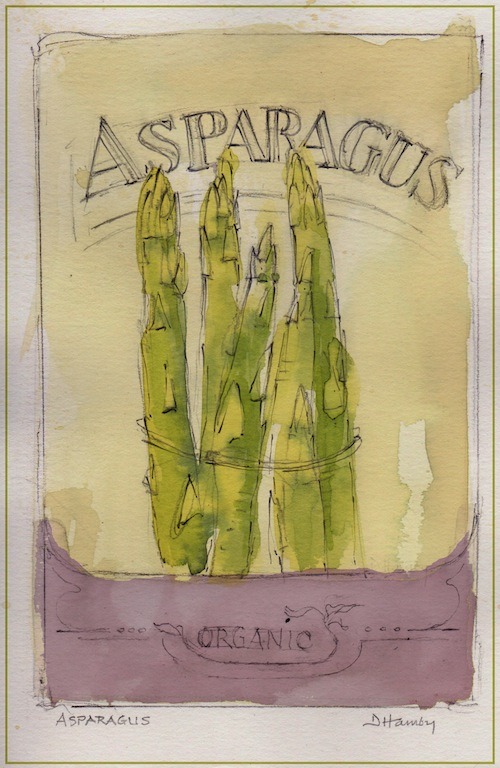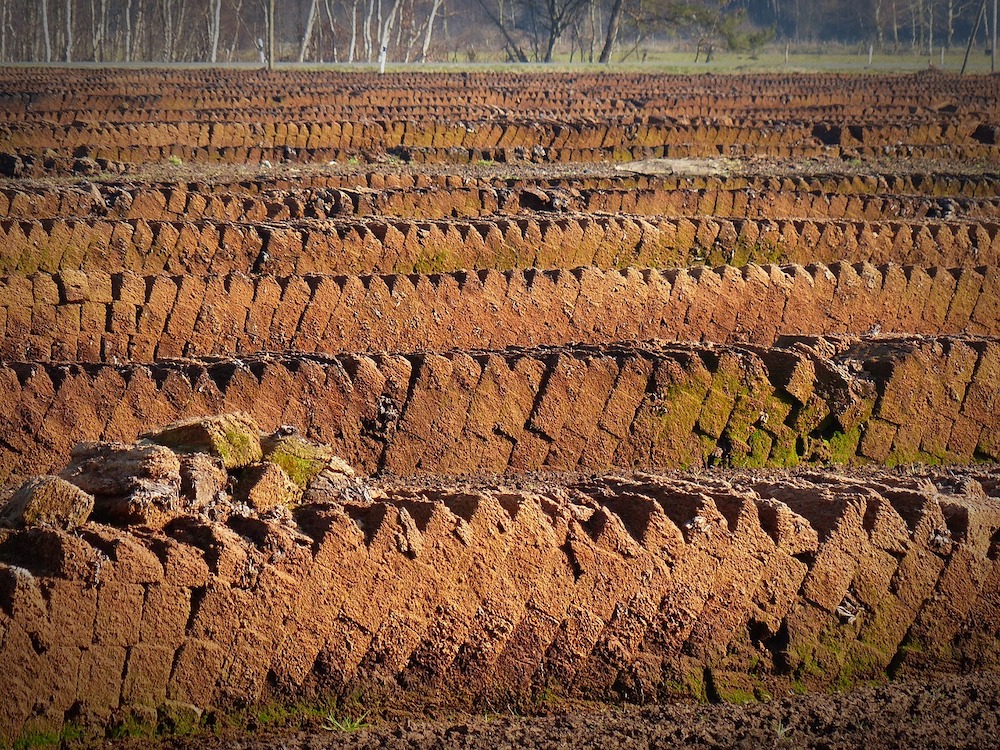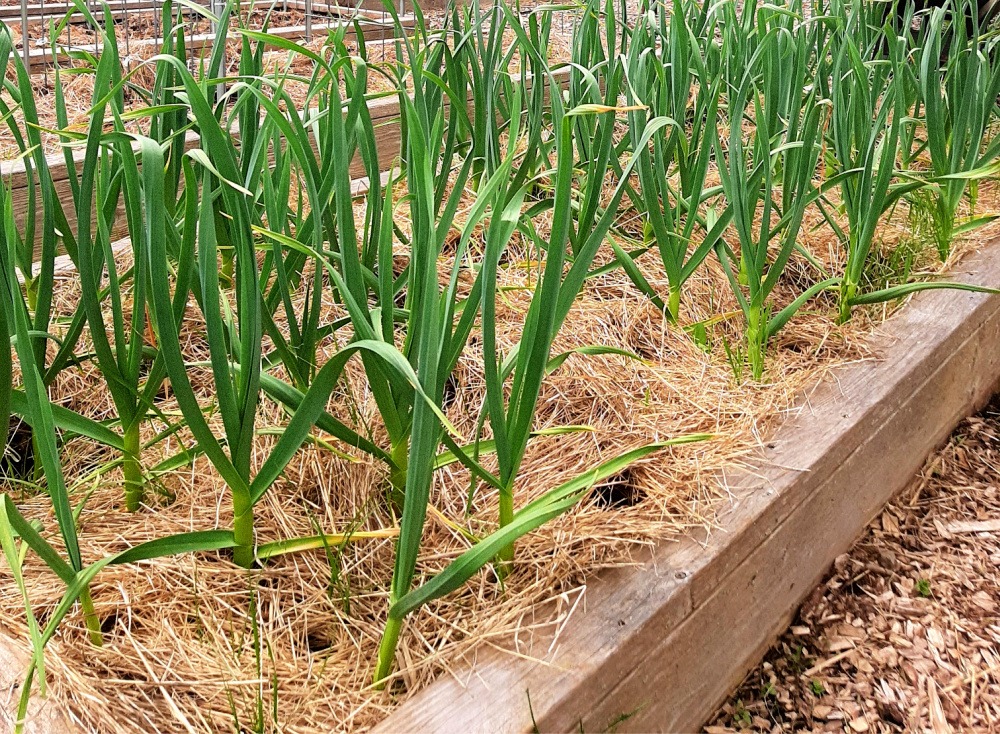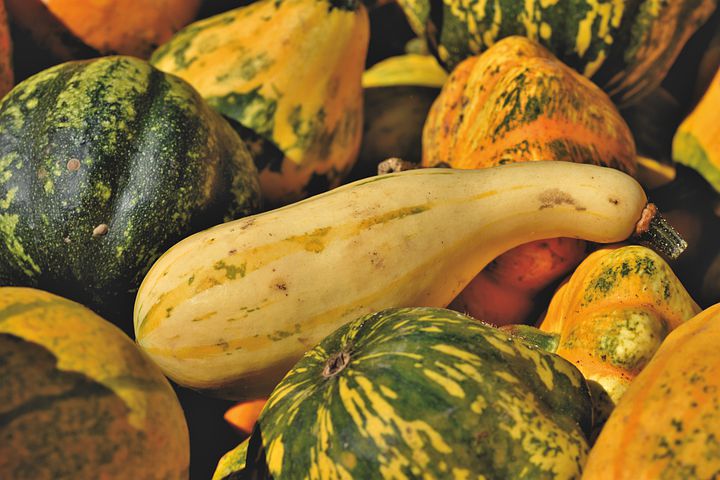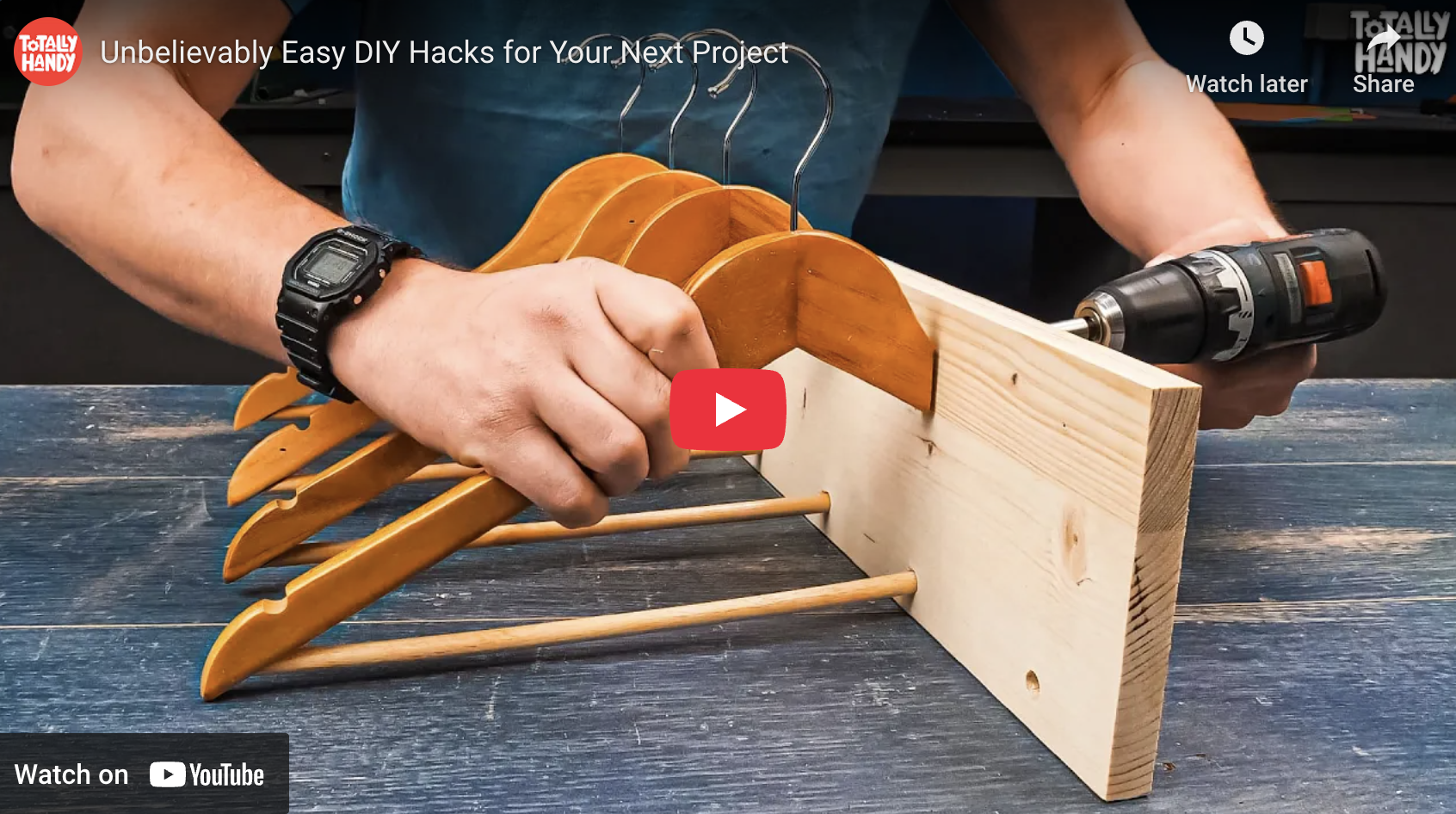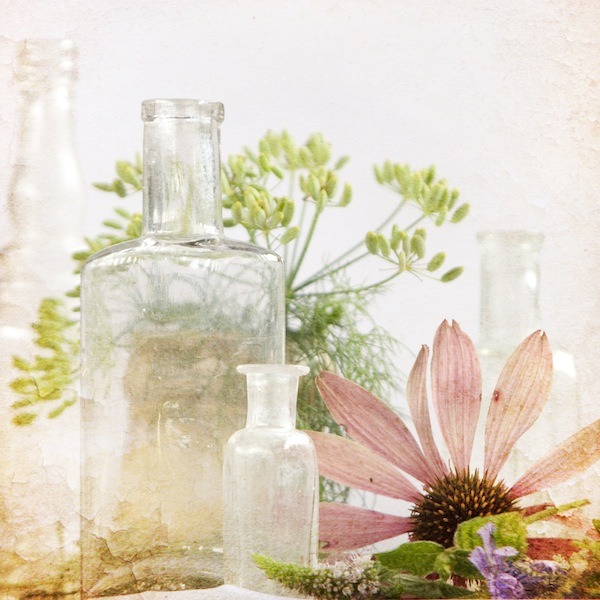
Have you been dreaming of getting your garden started? Me, too. You’ve spent the winter with your nose in those seed catalogs, and you’ve probably placed an order or two (or three). Do those dreams include an apothecary in your backyard? You know, a place where you can grow healing herbs to dry and store. To use for balms and teas, tinctures and oils.
Next time you visit your local nursery, check out their section of medicinal herbs. Chances are the variety will be less than inspiring. Oh, you’ll find lavender and peppermint. Maybe even chamomile and lemon balm. But if your daydreams include herbs like arnica and comfrey, you’re probably out of luck.
Thankfully, there are lots of medicinal herbs you can grow from seed. I’ve included 20 of them here. If you’re looking for a nice collection of medicinal seeds to purchase, try this one.
Be sure to also visit my post Natural Home Remedies for Your Medicine Cabinet.
20 Medicinal Herbs You Can Grow From Seed
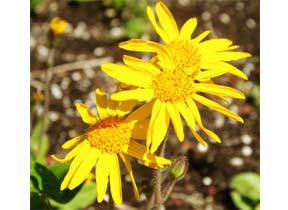
Arnica
Arnica
Arnica is great for pain relief; I love it in this arnica salve for sprains and bruises.
Zone: 5 – 9
How to Plant: Sow within a mix of loam, peat moss, and sand in the spring. Barely cover seed; needs light and warmth to germinate. Keep in a pot for about a year before transplanting to the garden. Plant 2 feet apart.
Sun/Shade: Full Sun.
Germination: 1 – 3 weeks.
Days to Maturity: Very slow growing.
Other Needs: Likes acid soil, moisture, and a high altitude. Those living at lower altitudes might do better with A. chamissonis, rather than A. montana.
Annual/Perennial/Biennial: Herbaceous perennial.
Height: 1′
Harvesting: Harvest the flowers in their early stages. Dry until crisp.
Use: Used for sprains, bruises, soaks, compresses, and as an ingredient for salves and oils.
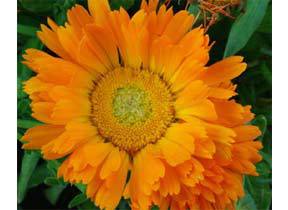
Calendula
Calendula
Calendula self seeds and pops up in my garden in places where I’ve never planted it. Even so, I wouldn’t consider it invasive. I find it so cheery that I tend to let it grow where it will. You’ll love this Calendula Oil Body Moisturizer.
Zone: 3 – 9
How to Plant: Direct seed 1/4″ deep in well-drained soil in the spring. Space 6″ apart.
Sun/Shade: Full Sun.
Germination: 7 – 14 days. Light inhibits germination.
Days to Maturity: 40 – 50 days.
Other Needs: Deadhead spent flowers and pinch back to keep bushy.
Annual/Perennial/Biennial: Annual and self seeding.
Height: 18″
Harvesting: Harvest bright orange flowers throughout the growing season.
Use: Healing agent in salves and tinctures, or can be masticated and applied to external injuries.
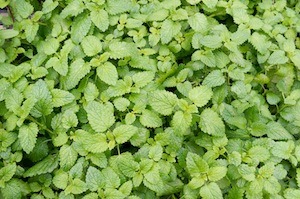
Catnip
Catnip
I like to add catnip when I’m brewing coffee. It’s calming effect keeps the coffee from making me jittery.
Zone: 3 – 9
How to Plant: Direct seed or start in flats in mid-spring. Prefers warm soil. Lightly scarify (rub on sandpaper) the seeds and sow in spring. Plant 1 – 2 feet apart.
Sun/Shade: Full/Partial Sun.
Germination: 1 – 3 weeks; can be slow to germinate.
Days to Maturity: 75 – 85 days.
Other Needs: Likes a dryer, slightly alkaline soil once the plant is established. Like mint, it can take over a garden; overwatering it will help to control it.
Annual/Perennial/Biennial: Herbaceous perennial.
Height: 12 – 36″
Harvesting: Harvest leaves and young flowers. Dehydrate.
Use: Gentle sedative, aromatic and calming. Can relieve coughs.
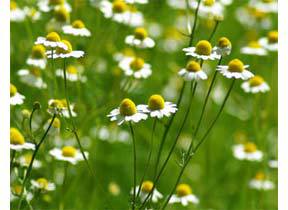
German Chamomile
Chamomile, German
Chamomile is gentle enough for little ones to help them sleep. One great way to use this herb is in Herbal Dream Pillows.
Zone: 3 – 9
How to Plant: Direct sow in spring or fall; likes cool soil for germination. Chamomile seed needs light to germinate; scatter the seed and press firmly onto the soil, but do not cover the seed with soil.
Sun/Shade: Full/Partial Sun.
Germination: 7 – 14 days.
Days to Maturity: 60 – 90 days.
Other Needs: Prefers a drier soil once the plant is established.
Annual/Perennial/Biennial: Annual and self seeding.
Height: 1 – 2 ‘
Harvesting: Harvest the flowers when fully open.
Use: Perfect for gentle bedtime sedation or for treating stomachache.
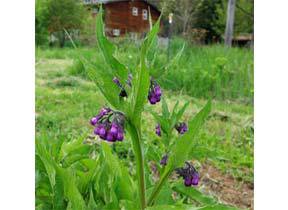
Comfrey
Comfrey
I use comfrey to mulch my apple trees, and I dry the leaves for use in salves and balms. I find it very healing to the skin. This post, Growing Comfrey, has more growing tips.
Zone: 3 – 9
How to Plant: Sow the seed in pots indoors just under the surface and tamp in securely; keep warm and moist. Transplant to the garden after 3 months. You can also direct sow outdoors once the soil warms up a bit in the spring. Note: 30 days of cold/moist stratification before planting improves germination. See the video at the end of this post for information on stratification.
Sun/Shade: Full/Partial Sun.
Germination: 10 – 30 days.
Days to Maturity: 1 year
Other Needs: Prefers rich, moist, well-drained soil.
Annual/Perennial/Biennial: Herbaceous perennial.
Height: 3 – 5′
Harvesting: Allow comfrey to mature before harvesting; at least to the second year. Harvest leaves before the plant flowers. Dehydrate.
Use: Comfrey salves are used to heal bruises as well as pulled muscles and ligaments, fractures, sprains, and strains.

Dandelion
Dandelion
This power house is completely edible – the roots, the leaves, and the flowers. This dandelion post has lots of ideas for using it.
Zone: 3 – 10
How to Plant: Sow seed 1/4″ deep in flats in the spring, and transplant to rows in the garden, or direct sow into the garden in early spring. Space plants 1 foot apart, and keep well watered.
Sun/Shade: Full/Partial Sun.
Germination: 7 – 21
Days to Maturity: 85 – 95 days
Other Needs: Prefers well-drained, fertile soil.
Annual/Perennial/Biennial: Herbaceous perennial.
Height: 8 – 18″
Harvesting: The roots, leaves, and flowers are all edible. Harvest the greens and flowers throughout the growing season, although the greens are most tender in the spring. Begin to harvest roots in the fall of the second year.
Use: Dandelion is a gentle liver tonic and diuretic.
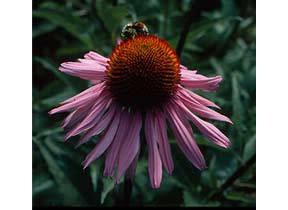
Echinacea
Echinacea
Echinacea, or Purple Coneflower, is often grown just for its beauty, but it’s also a powerful medicinal herb.
Zone: 3 – 10
How to Plant: Sow seed outdoors in spring or fall. 7-day stratification enhances germination. Keep moist and thin to 1′ apart.
Sun/Shade: Full Sun
Germination: 14 – 21 days
Days to Maturity: 1 year
Other Needs: Prefers well-drained, limey soil and regular watering.
Annual/Perennial/Biennial: Herbaceous perennial.
Height: 3 – 4′
Harvesting: Normally grown for 3-4 years before harvesting sizable roots. The flowers are not as concentrated medicinally as the root, but may be harvested and used to make a tincture.
Use: Used for its immune enhancing properties.
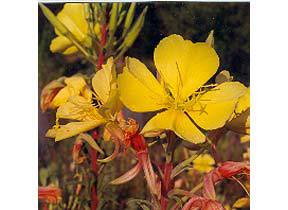
Evening Primrose
Evening Primrose
This beauty blooms at night. Years ago, we lived next to 2 elderly women who grew evening primrose. They would go out on summer evenings to watch the fragrant primrose bloom and would clap when it did. Some would think them eccentric, but I love that they found joy in such simple pleasures.
Zone: 3 – 10
How to Plant: Scatter seed on surface of disturbed soil in fall or early spring, or start on surface of flat and transplant. Seed requires exposure to light in order to germinate.
Sun/Shade: Full Sun.
Germination: 14 – 21 days.
Days to Maturity: 2 years.
Other Needs: Drought tolerant; be sure the soil is well-drained.
Annual/Perennial/Biennial: Self-seeding biennial.
Height: 3 – 6′
Harvesting: All parts of the evening primrose are edible.
Use: Some women report alleviation of PMS by eating the plant and the seeds.
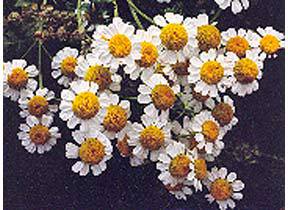
Feverfew
Feverfew
I know several people who swear by this pretty perennial for warding off migraines.
Zone: 4 – 7
How to Plant: Sow in flats 8-10 weeks before last frost, or direct seed as soon as soil can be worked. Feverfew needs light to germinate; scatter seed on surface of soil.
Space 8 – 12″ apart.
Sun/Shade: Full Sun/Partial Shade.
Germination: 10 – 14 days.
Days to Maturity: 80 – 90
Other Needs: Feverfew requires 16 to 18 hours of daylight to flower and achieve height.
Annual/Perennial/Biennial: Herbacious perennial.
Height: 24 – 36″
Harvesting: Cut feverfew leaves and flowers when the flowers are in full bloom; dehydrate.
Use: Fresh leaves are a tonic to prevent migraines.
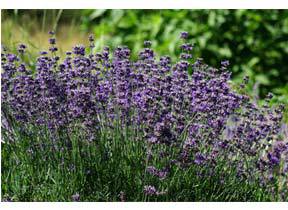
Lavender
Lavender
I don’t think I need to convince you that lavender is one of the most wonderful aromatic herbs around. Grow some and then use it to make this Homemade Lavender Bar Soap.
Zone: 5 – 9
How to Plant: Seed is very hard and will benefit from a brisk sandpaper stratification, followed by sowing on sandy soil in the light, kept moist and cool until germination. Sow in flats and keep in partial shade, or sow dry seed in the fall or early spring in outdoor nursery beds. Transplant to pots or out to the garden after the slow-growing seedlings produce 4 or 5 leaves.
Sun/Shade: Full Sun.
Germination: 4 – 6 weeks.
Days to Maturity: 90 – 200 days.
Other Needs: Lavender prefers a moderate supply of nutrients, lime (which will enhance it’s fragrance) and a well-drained soil. Drought tolerant.
Annual/Perennial/Biennial: Woody perennial.
Height: up to 2′
Harvesting: Harvest the flowers in early flowering stage. Dehydrate.
Use: Useful for treating minor burns, anxiety, insomnia, depression, and restlessness.

Lemon Balm
Lemon Balm
Delicious as a tea, and in cooking. It’s wonderful in Lemon Balm Lip Balm for cold sores, and Homemade Lemon Balm Iced Tea.
Zone: 4 – 9
How to Plant: Scatter seed on surface of disturbed soil in fall or early spring, or start on surface of flat and transplant. Seed requires exposure to light in order to germinate. Keep soil consistently moist.
Sun/Shade: Full/Partial Sun.
Germination: 7 – 14 days.
Days to Maturity: 50 – 70 days.
Other Needs: Cut back occasionally to rejuvenate growth.
Annual/Perennial/Biennial: Herbaceous perennial
Height: 2′
Harvesting: Lemon Balm should be harvested in late afternoon when the oils are strongest and most aromatic.
Use: Favorite tea herb for its aromatic and sedative uses. Mildly anti-viral.

Licorice
Licorice
Licorice seems to be one of those love it / hate it herbs. I happen to love it and often add it to tea blends.
Zone: 7 – 10
How to Plant: Pre-soak the seed for 24 hours in warm water, then sow in warm soil in flats, or direct seed in the early summer.
Sun/Shade: Full Sun.
Germination: 14 – 20 days.
Days to Maturity: 3 years.
Other Needs: Prefers dry, alkaline soil.
Annual/Perennial/Biennial: Herbaceous perennial.
Height: 36 – 72″
Harvesting: The part used is the root, which can be harvested in the fall after 2 or 3 years of growth. Cut the root into 8″ pieces and dry for later use.
Use: Licorice root is a fine-flavored demulcent and expectorant, essential herbal treatment for Chronic Fatigue Syndrome, adrenal exhaustion or gastric ulcer.

Mullein
Mullein
Mullein Oil is a traditional remedy for ear infections. Read more here: Foraging Mullein for Earaches and Coughs.
Zone: 4 – 9
How to Plant: Sow seed on surface of disturbed soil or on surface of flat. Compact down hard. If starting indoors, a 30 day period of cold stratification is recommended. Mix seeds with a moistened medium and place into plastic bag in refrigerator. Then sow in flats 1/2″ deep. Keep consistently moist.
Sun/Shade: Full Sun.
Germination: 7 – 21
Days to Maturity: 6 – 15 months.
Other Needs: Tolerates poor, gravelly soil.
Annual/Perennial/Biennial: Biennial.
Height: up to 5′
Harvesting: Collect flowers in late summer, once they have opened. Collect leaves in the first year (they bloom in the second year).
Use: Used medicinally as tea or tincture for moistening mucous membranes; a great soothing agent for the throat, bronchi and lungs.
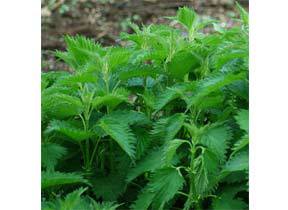
Nettle
Nettle
Nettle tea has been really helpful; I use it to keep seasonal allergies at bay. And I love it in this Stinging Nettle Spanakopita, and Stinging Nettle Chips.
Zone: 3 – 10
How to Plant: Nettle seeds are light dependent germinators that can be started indoors or out. Sow seed indoors late winter early spring, transplant in spring after the last frost.
Sun/Shade: Partial Sun.
Germination: 10 – 14 days.
Days to Maturity: 80 – 90 days.
Other Needs: Prefers a damp, rich soil.
Annual/Perennial/Biennial: Herbaceous perennial.
Height: up to 4′
Harvesting: Harvest in evening or early morning for highest essential oil content. Wearing gloves, carefully collect spiny leaves before plant flowers in spring. Do not harvest when flowering.
Use: A popular tea for its nutritional value. The entire plant is covered in stinging hairs which cause painful welts. Saute or steam for a fresh spring green, or include with tea for nutritive and medicinal benefits.
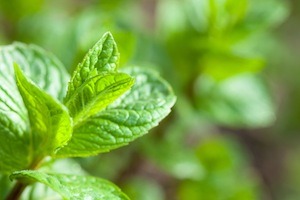
Peppermint
Peppermint
Iced mint tea with a little raw honey on a hot summer day – perfection!!!
Zone: 4 – 9
How to Plant: Sow seed on surface, tamp securely, and keep evenly moist until germination. Thin or transplant to 6 inches apart.
Sun/Shade: Full/Partial Sun.
Germination: 14 – 21 days.
Days to Maturity: 70 days.
Other Needs: Can be invasive.
Annual/Perennial/Biennial: Perennial.
Height: 18 – 30″
Harvesting: Begin to harvest peppermint when the plants are about 12″ tall. Pick the larger outside leaves as the plant grows to encourage more leaf growth.
Use: Mint is excellent for making a stimulating and digestive tea, and it tastes great!
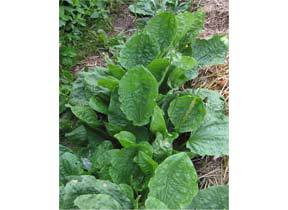
Plantain
Plantain
I add this common weed to my tooth powder; you can find the recipe here. And it makes a wonderful salve for healing skin problems.
Zone: 3 – 9
How to Plant: Germination can be enhanced with a one week period of cold stratification prior to sowing. Press into surface of soil and keep moist. Prefers cool soils for germination.
Sun/Shade: Full/Partial Sun.
Germination: 7 – 14 days.
Days to Maturity: 30
Other Needs: Plantain will tolerate a wide range of soil conditions, including rocks and sand.
Annual/Perennial/Biennial: Herbaceous perennial.
Height: 8 -12″
Harvesting: Leaves can be harvested at any time.
Use: Anti-microbial and anti-inflammatory. Particularly useful as a first-aid poultice and for dental infections.
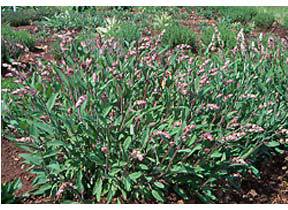
Sage
Sage
I’ve used this in my cooking more than medicinally, and I especially love this Brown Butter Sage recipe. But sage can surely be used medicinally, and this tea is a great place to start.
Zone: 3-5 (annual) and 6-9 (perennial)
How to Plant: In the spring, sow seed 1/4″ deep in pots or directly in the garden 4″ apart. Thin to 12″.
Sun/Shade: Full Sun.
Germination: 7 – 21 days.
Days to Maturity: 80 – 90 days.
Other Needs: Plant thrives in sunny, dry and well-drained soil.
Annual/Perennial/Biennial: Woody perennial.
Height: 18 – 30″
Harvesting: Harvest leaves as desired. Dehydrate.
Use: Tea from the leaves acts as an astringent and can help relieve itching; makes an antibacterial mouthwash or gargle for sore throat.
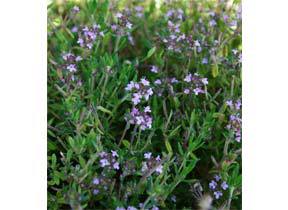
Thyme
Thyme
Herbalist Rosemary Gladstar has called thyme “one of our best medicines”. Learn more about it here: Spotlight on Herbs: Thyme
Zone: 5 – 9
How to Plant: Sow seeds directly once the soil has warmed up in the late spring, cover lightly with soil. keep warm and moist until germination.
Sun/Shade: Full Sun.
Germination: 14 – 21 days.
Days to Maturity: 90 – 95 days.
Other Needs: Thyme requires a well-drained soil.
Annual/Perennial/Biennial: Woody perennial.
Height: 12″
Harvesting: Harvest leaves and sprigs all summer.
Use: Thyme is effective against infections, especially respiratory and digestive.
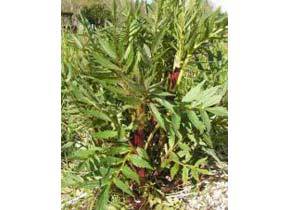
Valerian
Valerian
This is the one herb I keep in my nightstand. Generally just a whiff helps me to get to sleep on night’s when I’m having trouble.
Zone: 4 – 8
How to Plant: Valerian is a light dependent germinator. Sow seed in spring, tamped securely into surface, and keep evenly moist until germination.
Sun/Shade: Full/Partial Sun.
Germination: 7 – 21 days.
Days to Maturity: 1 year.
Other Needs: Valerian likes moist, but well-drained soil.
Annual/Perennial/Biennial: Herbaceous perennial
Height: 3 – 5′
Harvesting: Harvest dormant root in the fall after second year.
Use: Valerian has a strong sedative action (although not common, some people are stimulated by valerian).
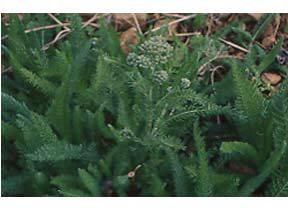
Yarrow
Yarrow
Yarrow has a variety of uses, but check out this post to learn how to use Yarrow for Fevers and Coughs.
Zone: 3 – 10
How to Plant: Sow seeds directly in early spring. Grows vigorously in any kind of soil and requires little water. Requires light for germination, so sow shallowly.
Sun/Shade: Full Sun.
Germination: 8 days.
Other Needs: Requires little water.
Annual/Perennial/Biennial: Perennial.
Height: 24″
Harvesting: Harvest flowers on a dry morning when the plants are in the early stages of bloom.
Use: Yarrow flowers are fabulous for their anti-septic and anti-inflammatory properties.
Source of medicinal herb seeds
Find medicinal herb seeds here.
Other Posts You’ll Love
Book Review: Everything Elderberry
Calendula Oil Body Butter Moisturizer
5 Common Weeds to Forage for Food and Home Remedies
Natural Home Remedies for Your Medicine Cabinet
8 Medicinal Herbs for the Herb Garden
Must Have Must Grow Medicinal Herbs
Recommended Herbal Reading

